-
CATEGORY ::
- All Seeds /
- All Flower Seeds /
- All Phlox Seeds
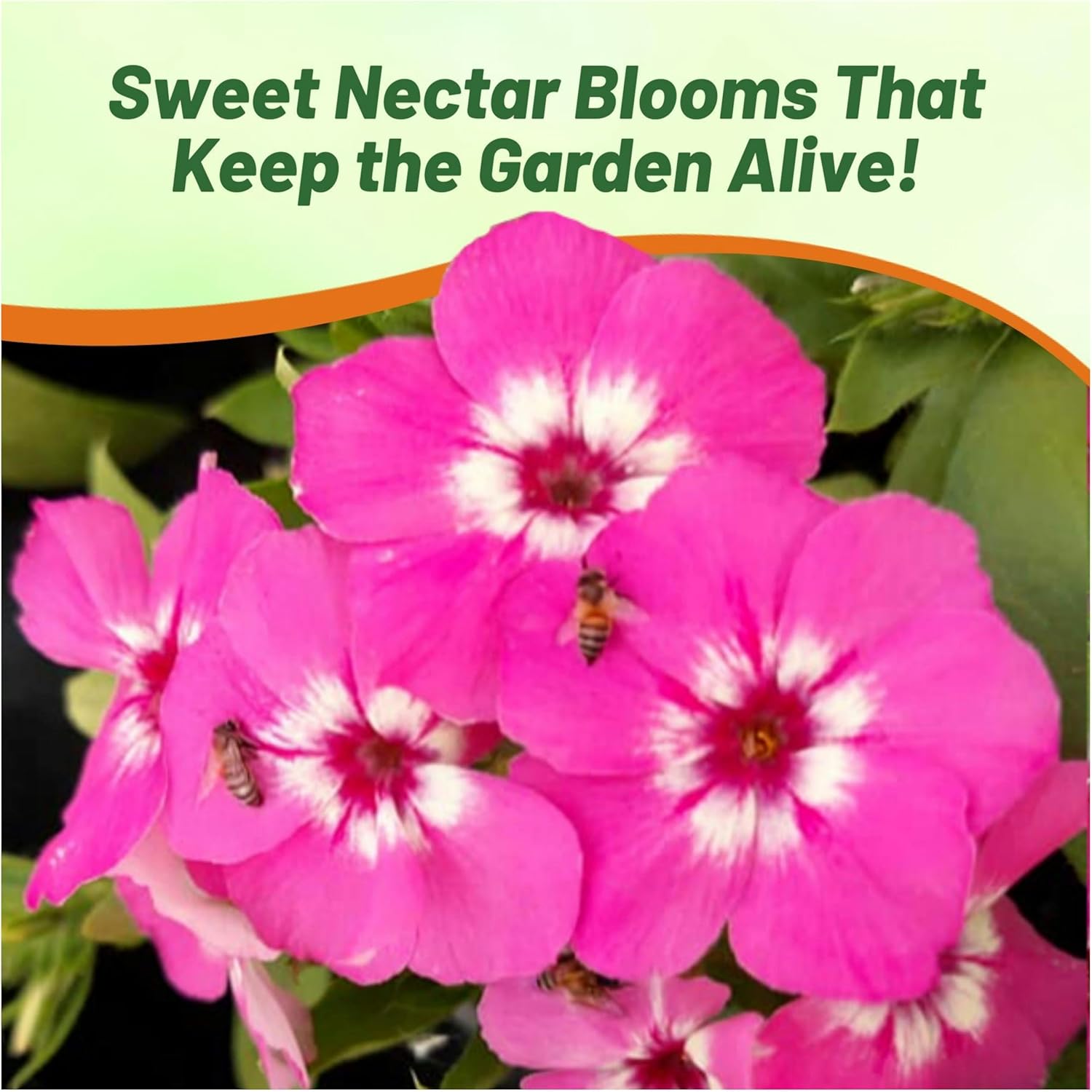

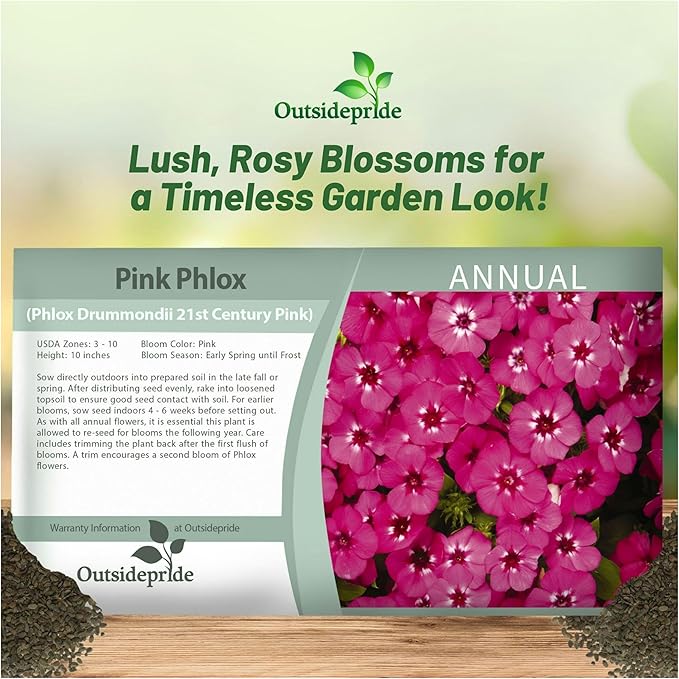
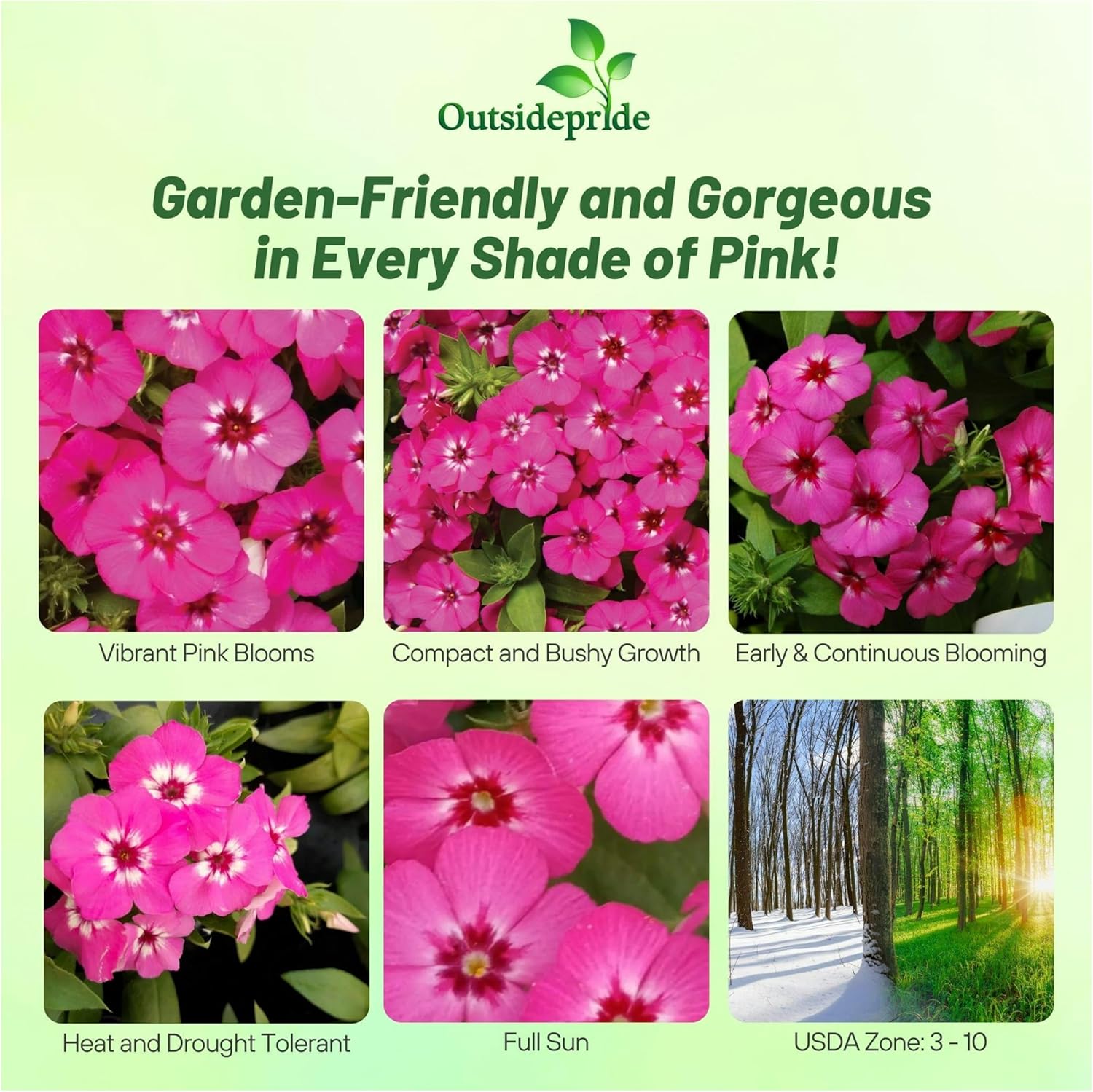
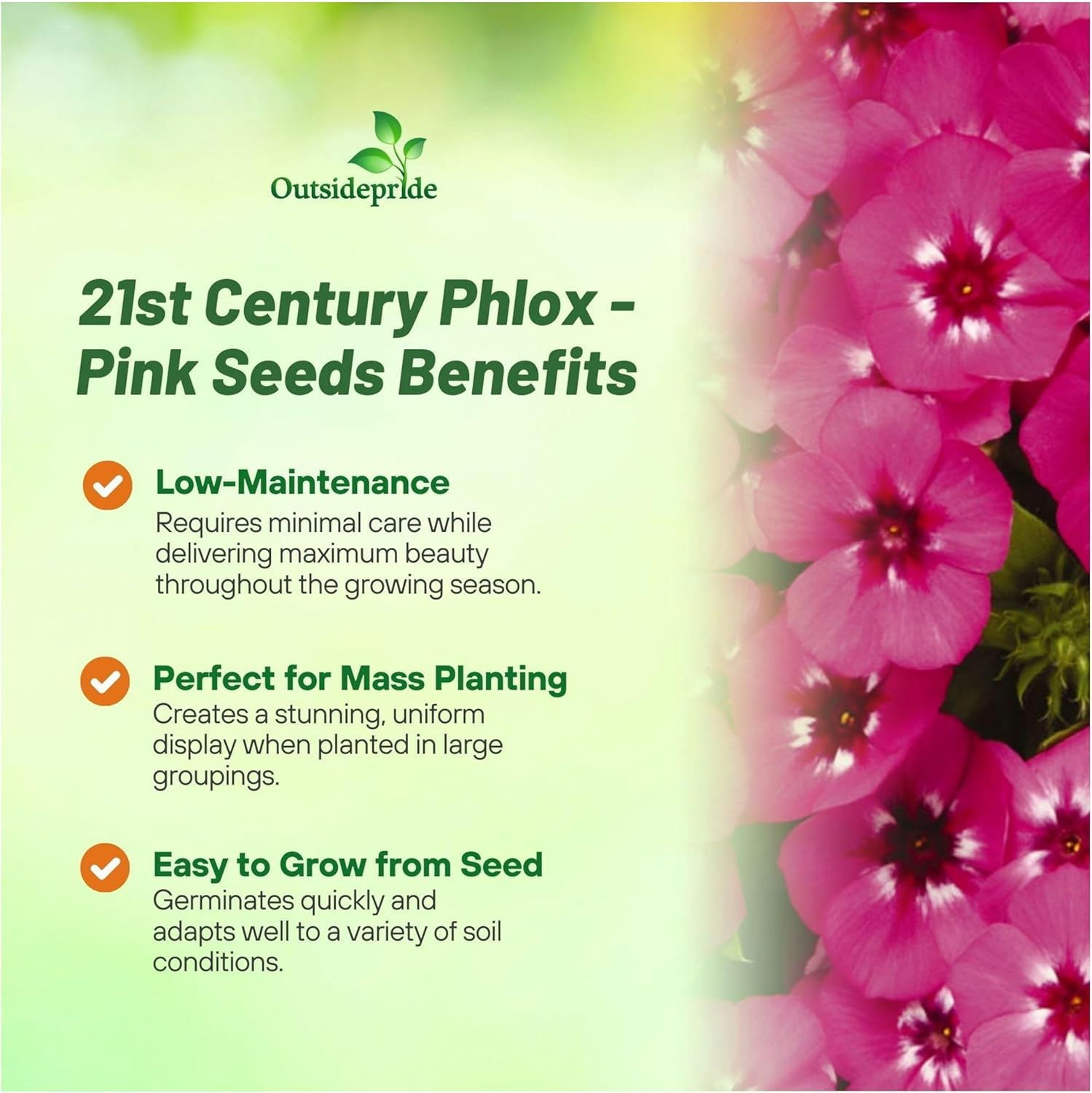
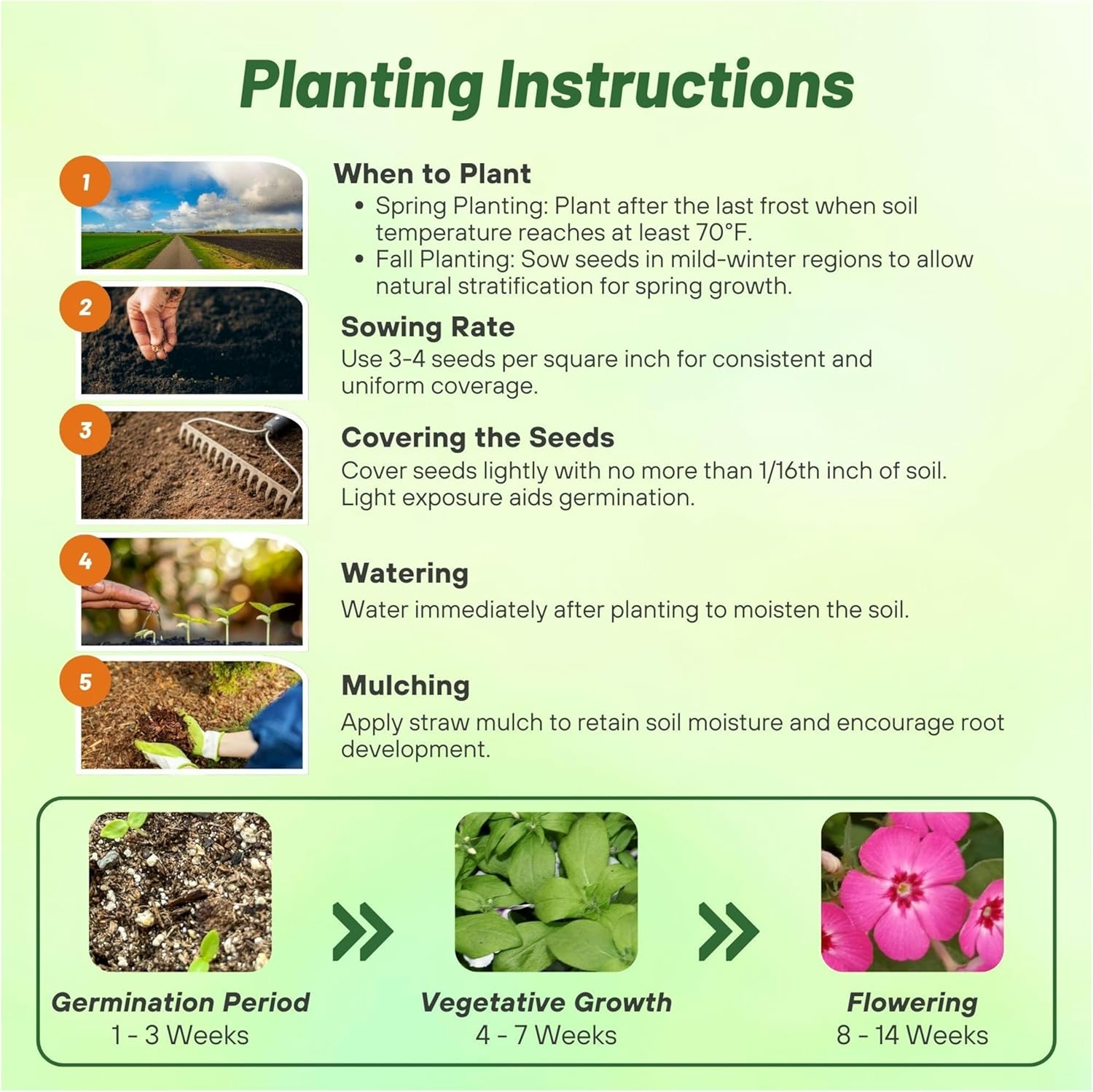
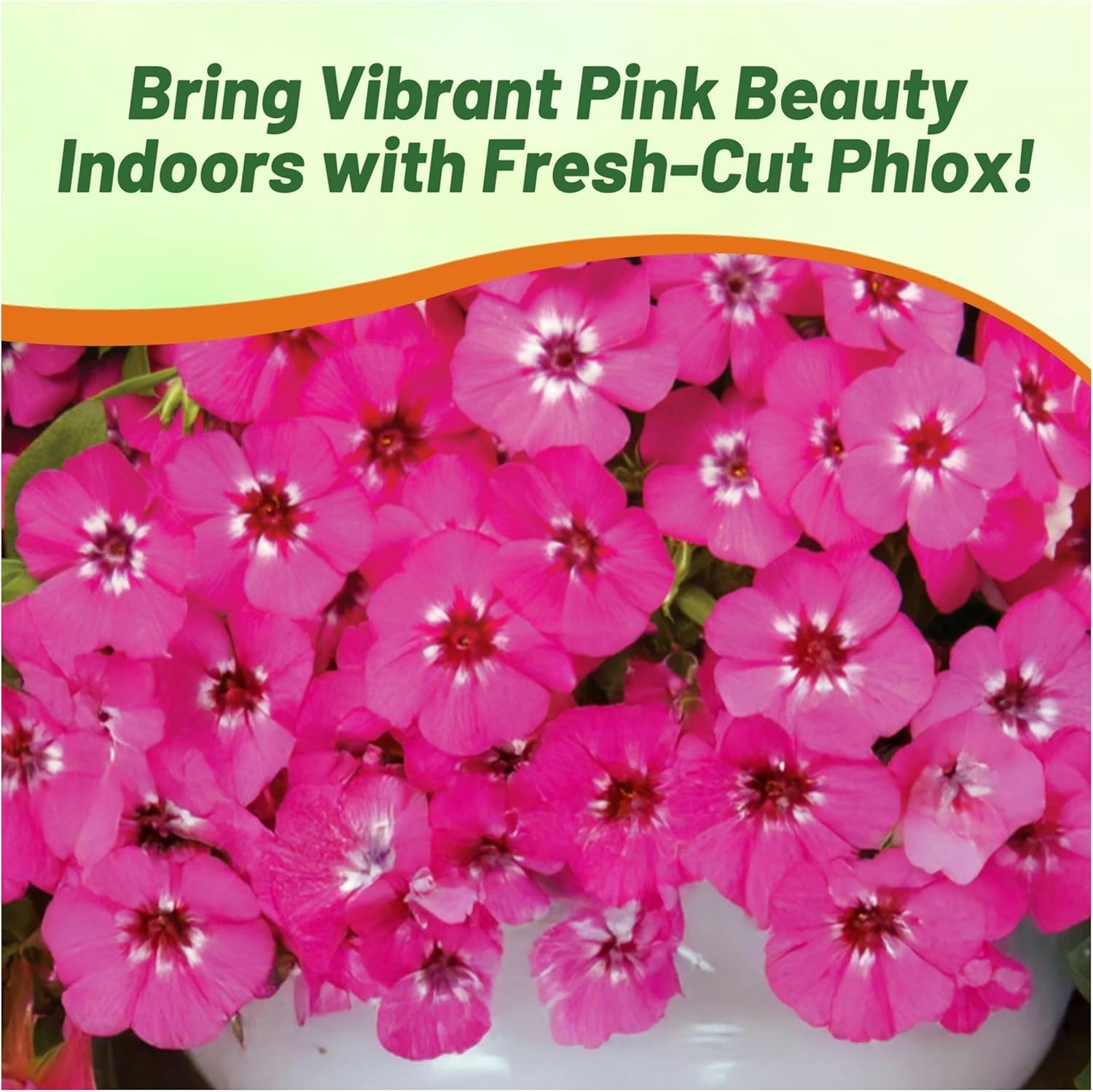

Phlox Seeds - 21st Century Pink
SEASON
Annual
USDA ZONES
3 - 10
HEIGHT
10 inches
BLOOM SEASON
Early Spring until frost
BLOOM COLOR
Pink
ENVIRONMENT
Full sun
SOIL TYPE
Well-drained, sandy, pH 6.1 - 7.3
DEER RESISTANT
Yes
SEEDS PER POUND
900,000
SEASON
Annual
USDA ZONES
6 - 9
HEIGHT
12 - 20 inches
BLOOM SEASON
Mid-summer
BLOOM COLOR
White to lavender
ENVIRONMENT
Full sun to partial shade
SOIL TYPE
Moist, well-drained, pH 6.1 - 7.3
DEER RESISTANT
Yes
SEEDS PER POUND
230,000
SEASON
Annual
USDA ZONES
3 - 10
HEIGHT
8 - 20 inches
BLOOM SEASON
Mid-summer
BLOOM COLOR
Red
ENVIRONMENT
Full sun
SOIL TYPE
Well-drained, pH 6.1 - 7.3
DEER RESISTANT
Yes
SEASON
Annual
USDA ZONES
3 - 10
HEIGHT
10 inches
BLOOM SEASON
Early summer to early fall
BLOOM COLOR
Yellow
ENVIRONMENT
Full sun
SOIL TYPE
Well-drained, sandy, pH 6.1 - 7.3
DEER RESISTANT
Yes
SEASON
Annual
USDA ZONES
3 - 10
HEIGHT
10 inches
BLOOM SEASON
Early summer to early fall
BLOOM COLOR
Mix
ENVIRONMENT
Full sun
SOIL TYPE
Well-drained, sandy, pH 6.1 - 7.3
DEER RESISTANT
Yes
SEASON
Annual
USDA ZONES
3 - 10
HEIGHT
10 inches
BLOOM SEASON
Early summer to early fall
BLOOM COLOR
Violet blue
ENVIRONMENT
Full sun
SOIL TYPE
Well-drained, sandy, pH 6.1 - 7.3
DEER RESISTANT
Yes
SEASON
Annual
USDA ZONES
3 - 10
HEIGHT
10 inches
BLOOM SEASON
Early summer to early fall
BLOOM COLOR
Crimson
ENVIRONMENT
Full sun
SOIL TYPE
Well-drained, sandy, pH 6.1 - 7.3
DEER RESISTANT
Yes
SEASON
Annual
USDA ZONES
3 - 10
HEIGHT
10 inches
BLOOM SEASON
Early summer to early fall
BLOOM COLOR
White
ENVIRONMENT
Full sun
SOIL TYPE
Well-drained, sandy, pH 6.1 - 7.3
DEER RESISTANT
Yes
About...
Pink Phlox (Phlox Drummondii 21st Century Pink) - Cool season plant is perfect for landscapes and mixed containers. This full sun plant only grows 10 inches tall and blooms from early Spring up until frost with brilliant pink flowers. Attracts bees and butterflies making it the perfect low growing pollinator.MORE PHLOX OPTIONS
Planting Directions
TEMPERATURE
65 - 70F
AVERAGE GERM TIME
7 - 21 days
LIGHT REQUIRED
No
DEPTH
1/16th inch
SOWING RATE
3 - 4 seeds per plant
MOISTURE
Keep seeds moist until germination
PLANT SPACING
10 - 12 inches
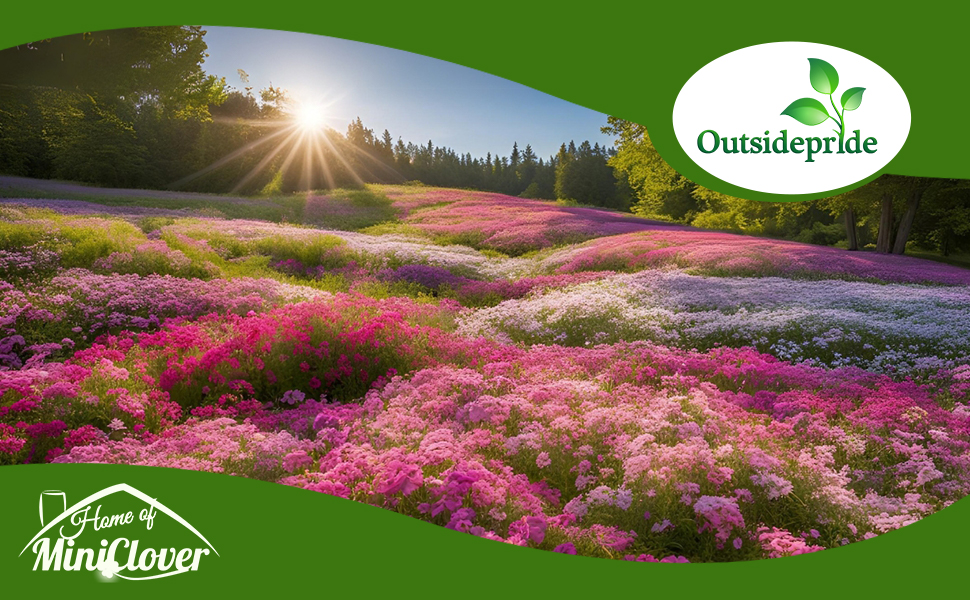
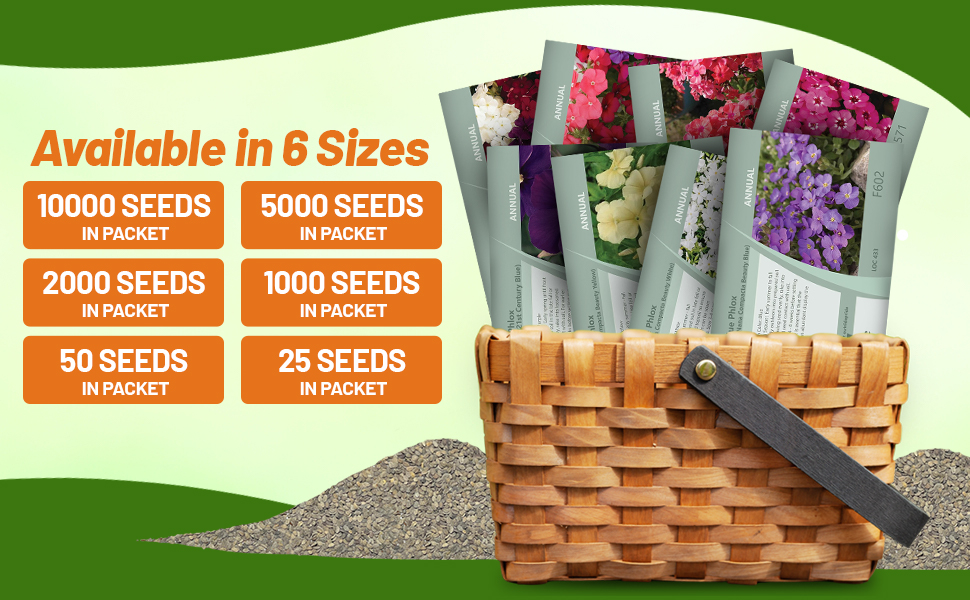
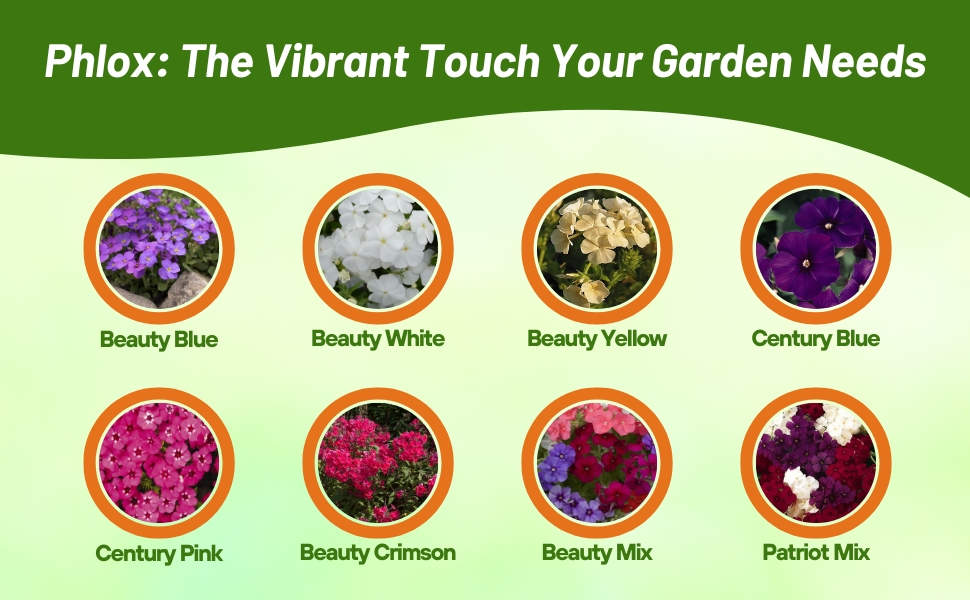
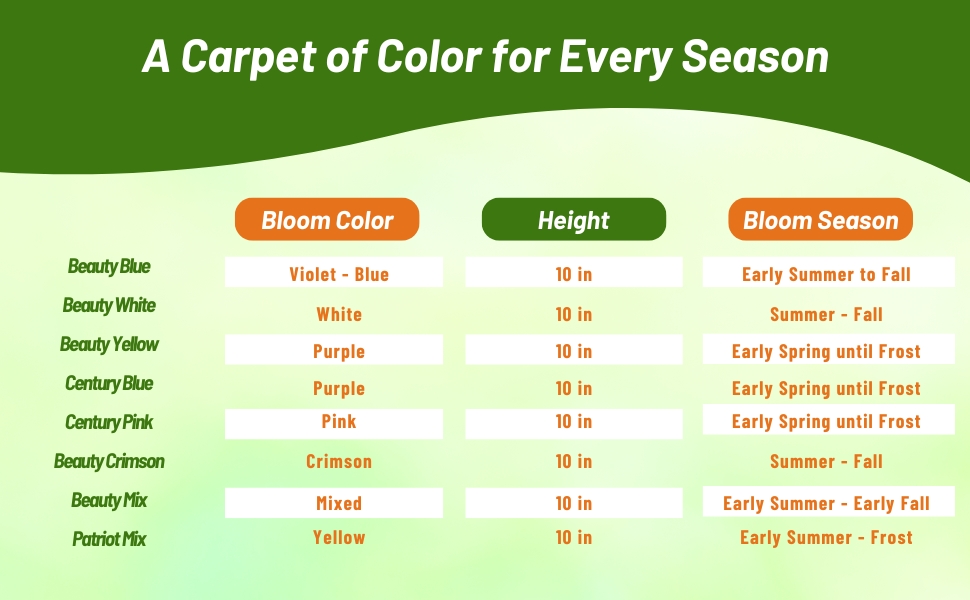
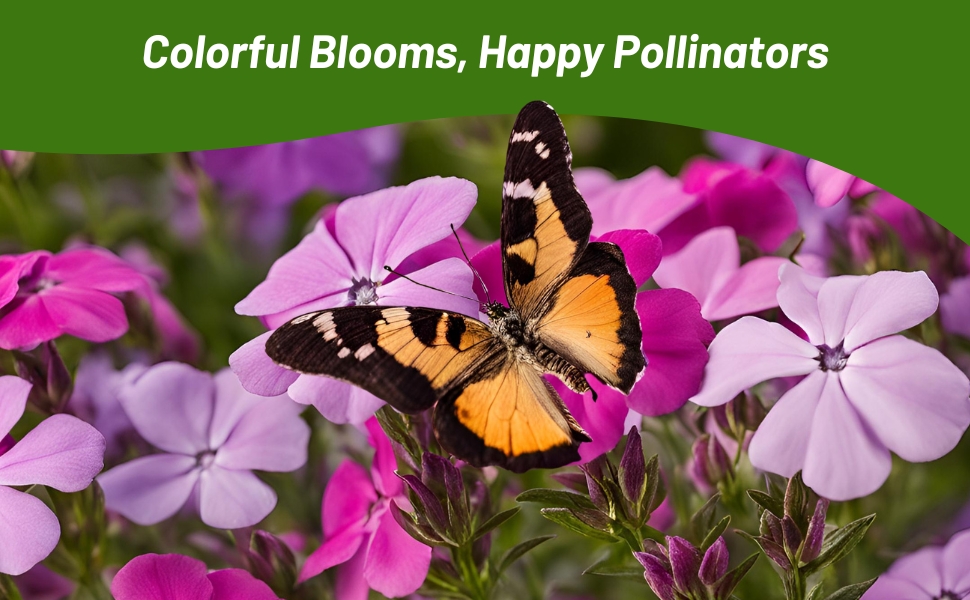
Pink Phlox (Phlox Drummondii 21st Century Pink) - Cool season plant is perfect for landscapes and mixed containers. This full sun plant only grows 10 inches tall and blooms from early Spring up until frost with brilliant pink flowers. Attracts bees and butterflies making it the perfect low growing pollinator.
Sow Phlox flower seeds directly outdoors into prepared soil in the late fall or spring. After distributing the flower seed evenly, rake into loosened topsoil to ensure good seed contact with the soil. For earlier blooms, sow the Drummond Phlox seed indoors 4 - 6 weeks before setting out. As with all annual flowers, it is essential that annual Phlox Drummondii is allowed to re-seed for an abundant display the following year. Annual Phlox care includes trimming the plant back after the first flush of blooms. A trim encourages a second bloom of Phlox flowers.
Common Questions
Can I grow in containers?
Yes, phlox drummondii are great for using in containers.
Do I need to deadhead my flowers?
Yes, if you do just a bit of deadheading with the drummondi you will have continuous blooms through summer.
Do I need to cut back plants after flowering?
Yes, after flowers are spent cut back plants. You can leave a few spent blooms if self-seeding is desired.
Do flowers attract any pollinators?
Yes, bees, butterflies and hummingbirds all enjoy these flowers.
What are some good companion plants for phlox?
Phlox pairs well with daisies, salvia, Indian blanket and coreopsis.
Planting Directions
TEMPERATURE
60 - 70F
AVERAGE GERM TIME
10 - 30 days
LIGHT REQUIRED
No
DEPTH
1/16 inch
SOWING RATE
1 ounce per 1,000 square feet or 3 pounds per acre
MOISTURE
Keep seeds moist until germination
PLANT SPACING
12 - 15 inches
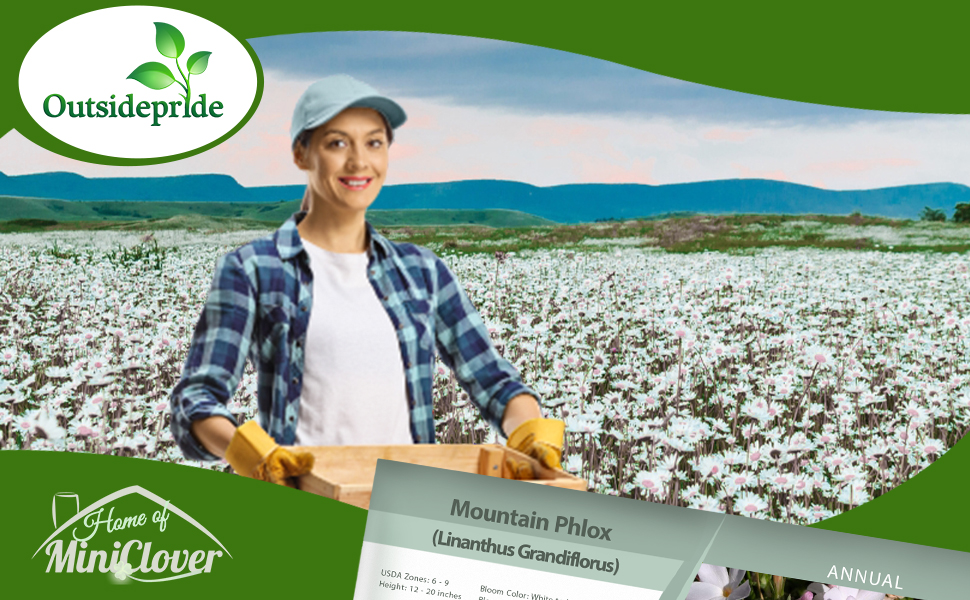
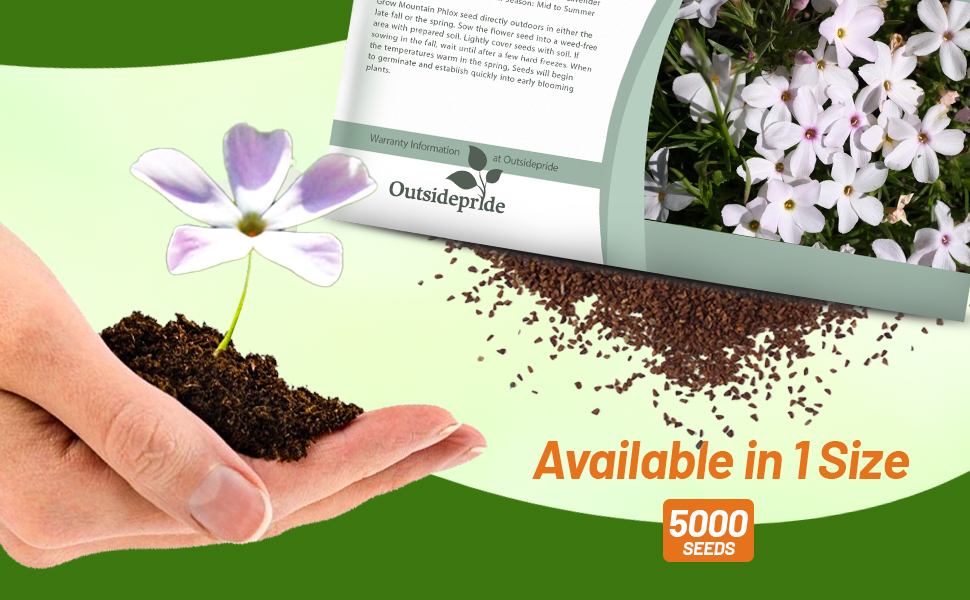
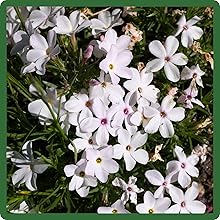
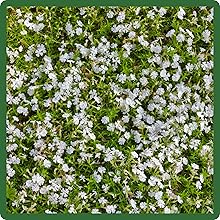
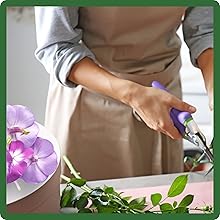
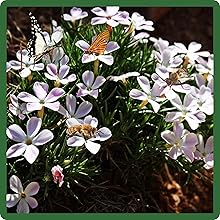
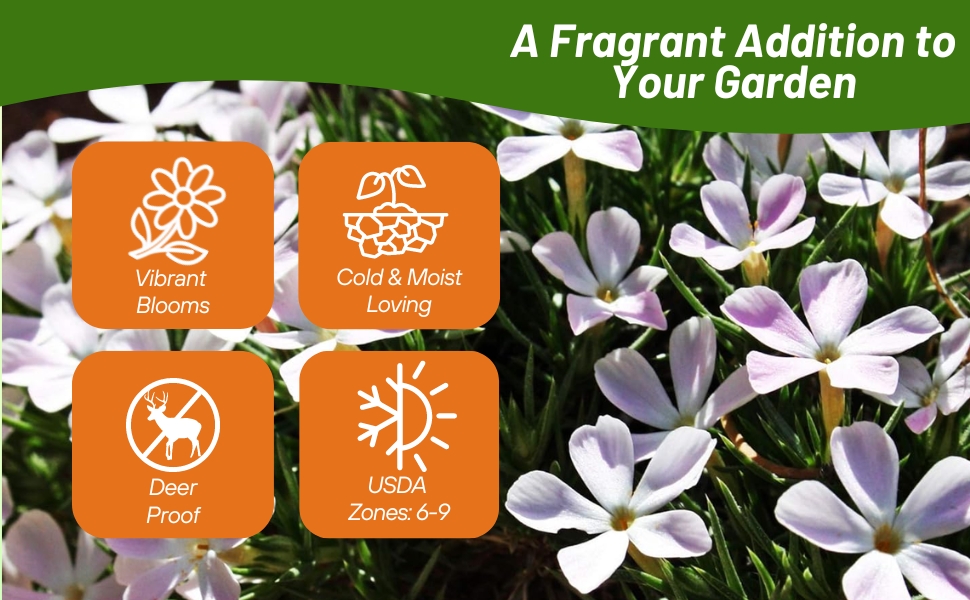
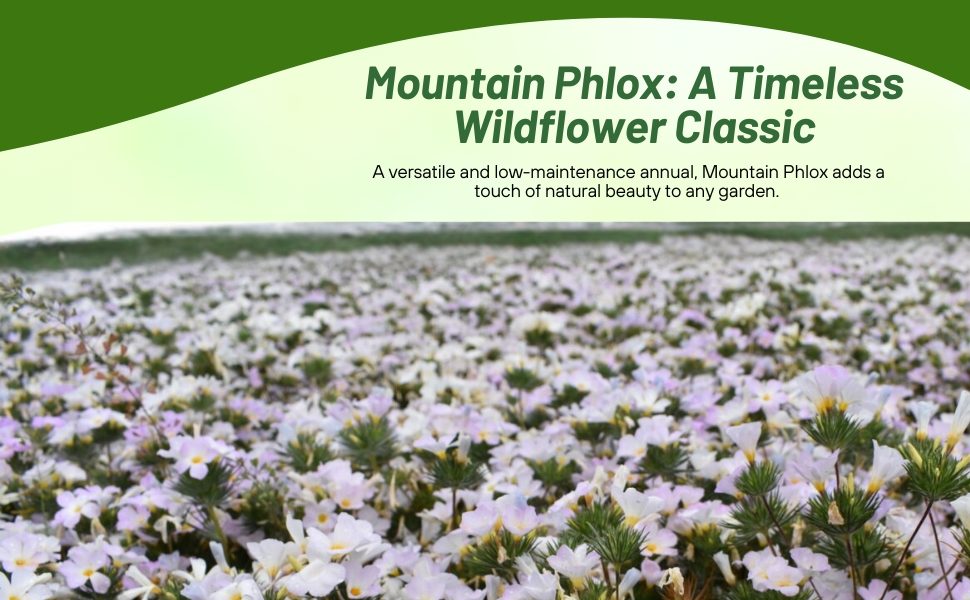
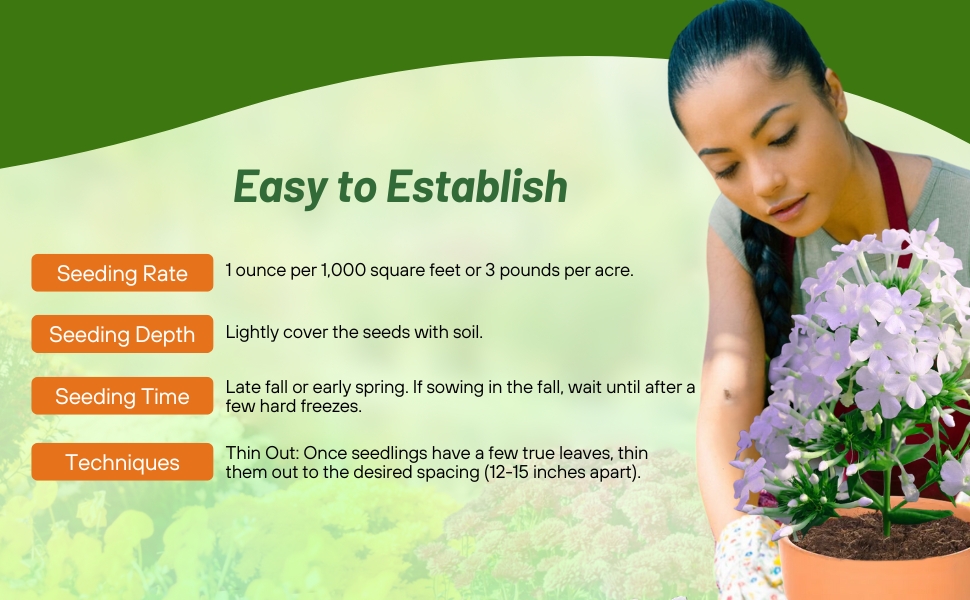
Mountain Phlox (Linanthus Grandiflorus) - Establishes easily from Phlox seeds, this beautiful annual lends itself beautifully to a wild flower garden, a naturalized setting, or to your own backyard flower garden. It spills prettily out of a container or the edge of a bed and makes a welcome addition to any setting. Mountain Phlox wildflowers are sweetly scented and provide a profusion of white, sometimes flushed lavender or pink, blooms that practically smother the attractive green ferny foliage. Mountain Phlox Linanthus Grandiflorus is native to the Pacific Northwest region, and especially likes the coast range where it it cool and moist. The Mountain Phlox flower is good for cutting, and it attracts bees, birds and butterflies.
Grow Mountain Phlox seed directly outdoors in either the late fall or the spring. Sow the flower seed into a weed-free area with prepared soil. Lightly cover the wild flower seeds with soil. If sowing in the fall, wait until after a few hard freezes. When the temperatures warm in the spring, the Mountain Phlox wildflower seeds will begin to germinate and establish quickly into early blooming plants.
Common Questions
Do I need to deadhead my flowers?
Yes, if you do just a bit of deadheadingi you will have continuous blooms through summer.
Do I need to cut back plants after flowering?
Yes, after flowers are spent cut back plants. You can leave a few spent blooms if self-seeding is desired.
Do flowers attract any pollinators?
Yes, bees, butterflies and hummingbirds all enjoy these flowers.
What are some good companion plants for phlox?
Phlox pairs well with daisies, salvia, Indian blanket and coreopsis.
Planting Directions
TEMPERATURE
60 - 70F
AVERAGE GERM TIME
10 - 30 days
LIGHT REQUIRED
No
DEPTH
1/16 inch
SOWING RATE
3 to 4 seeds per plant or 4 ounces per 1,000 square feet
MOISTURE
Keep seeds moist until germination
PLANT SPACING
9 - 12 inches
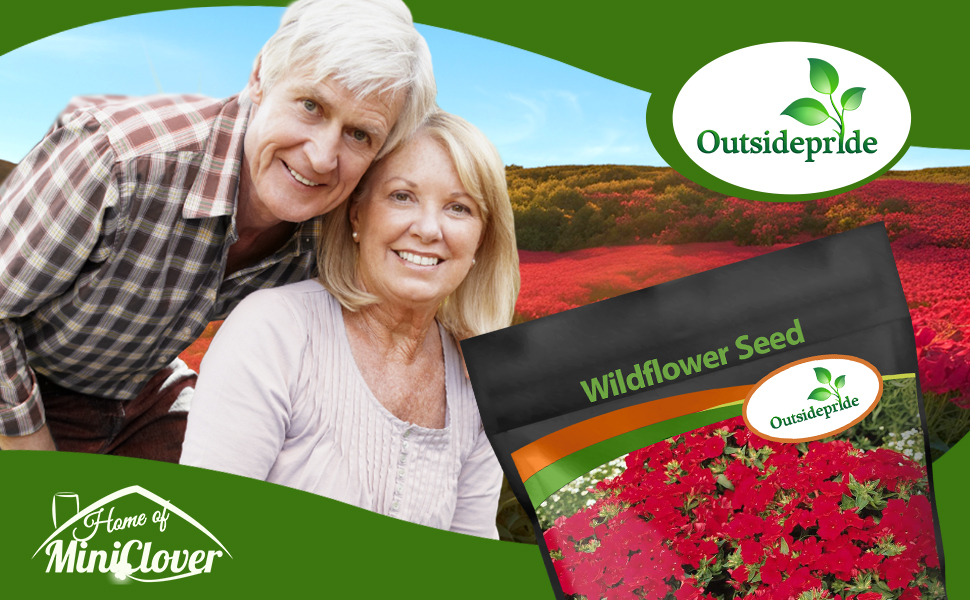
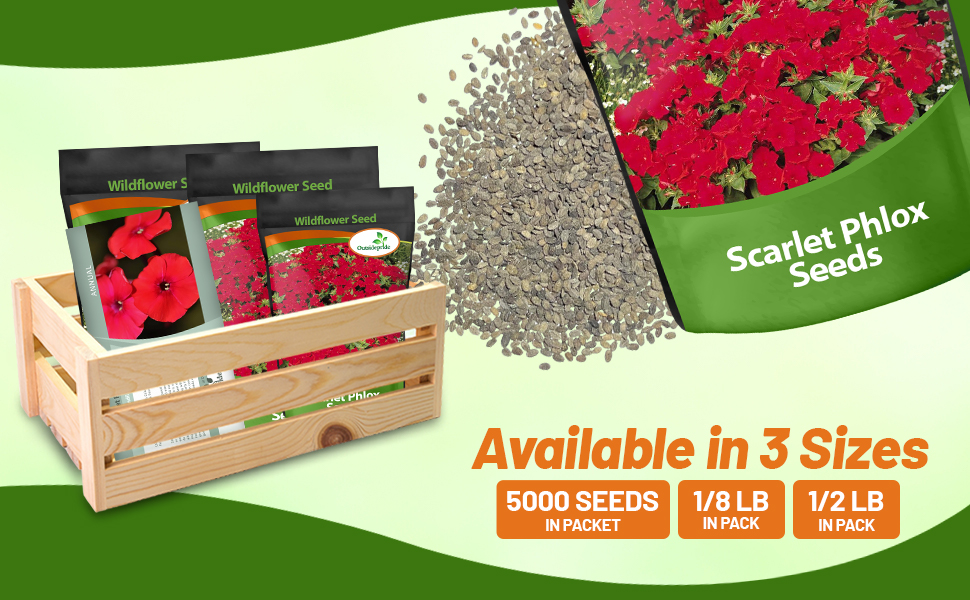

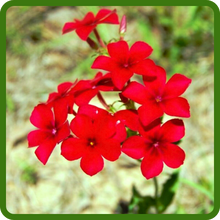
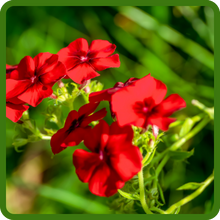
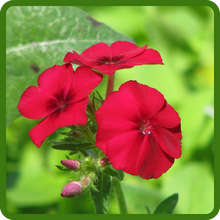
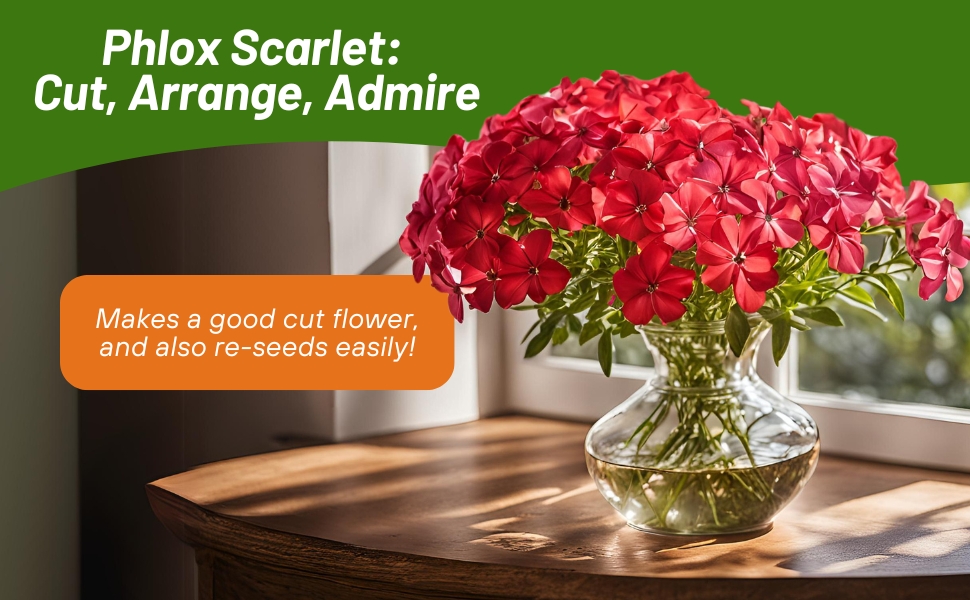
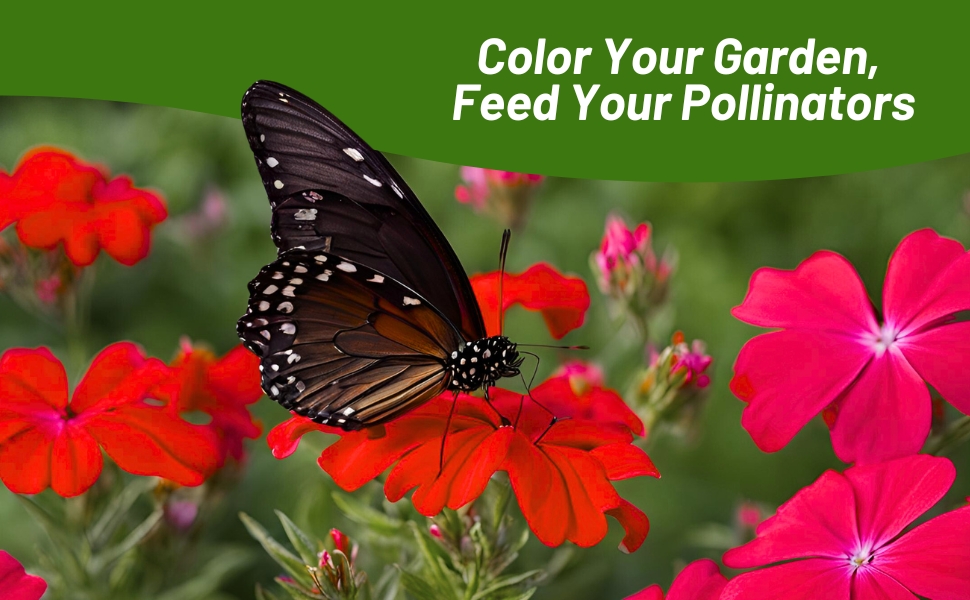
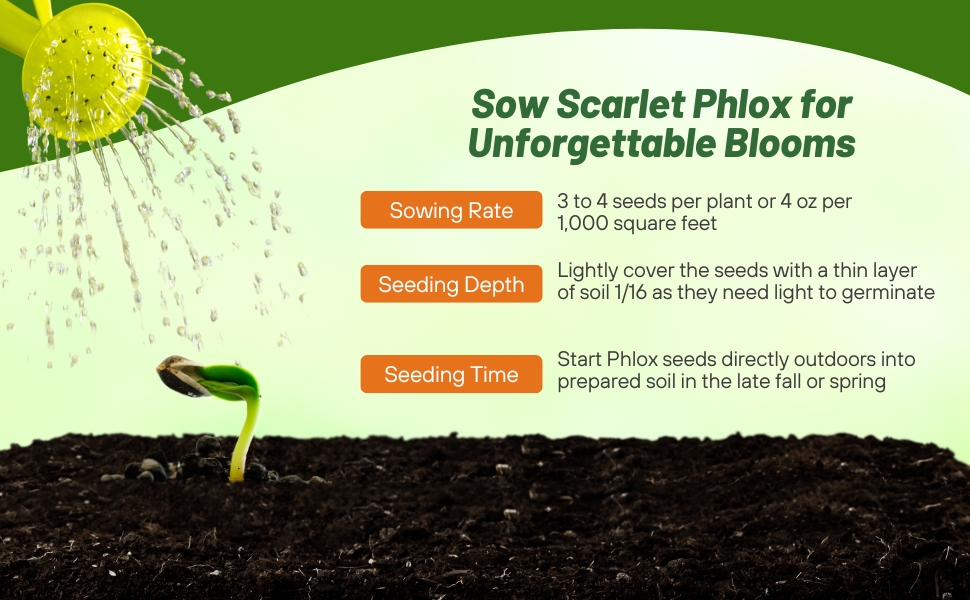
Scarlet Phlox (Phlox Drummondii Beauty Scarlet) - Growing annual Phlox seed is a wonderful way to naturalize your landscape and add tremendous visual appeal. Drummond's Phlox is another lovely wildflower that is striking in meadows and also a beautiful addition to your own flower beds. Annual Phlox is easily started from wildflower seeds, and it produces annual plants with bright rose-red flowers in tight clusters at the ends of stems. Annual Phlox Drummondii is a showy, low-growing wild flower that is a native to Texas but can grow nearly in any region. Annual Phlox is a good plant for a low border or in containers. It makes a good cut flower, and it also re-seeds easily.
Start Phlox seeds directly outdoors into prepared soil in the late fall or spring. After distributing the wildflower seed evenly, rake into loosened topsoil to ensure good seed contact with the soil. As with all annual wild flowers, it is essential that scarlet annual Phlox plants are allowed to re-seed for an abundant display the following year.
Common Questions
Can I grow in containers?
Yes, phlox drummondii are great for using in containers.
Do I need to deadhead my flowers?
Yes, if you do just a bit of deadheading with the drummondi you will have continuous blooms through summer.
Do I need to cut back plants after flowering?
Yes, after flowers are spent cut back plants. You can leave a few spent blooms if self-seeding is desired.
Do flowers attract any pollinators?
Yes, bees, butterflies and hummingbirds all enjoy these flowers.
What are some good companion plants for phlox?
Phlox pairs well with daisies, salvia, Indian blanket and coreopsis.
Planting Directions
TEMPERATURE
65 - 70F
AVERAGE GERM TIME
7 - 21 days
LIGHT REQUIRED
No
DEPTH
1/16 inch
SOWING RATE
3 - 4 seeds per plant
MOISTURE
Keep seeds moist until germination
PLANT SPACING
10 inches
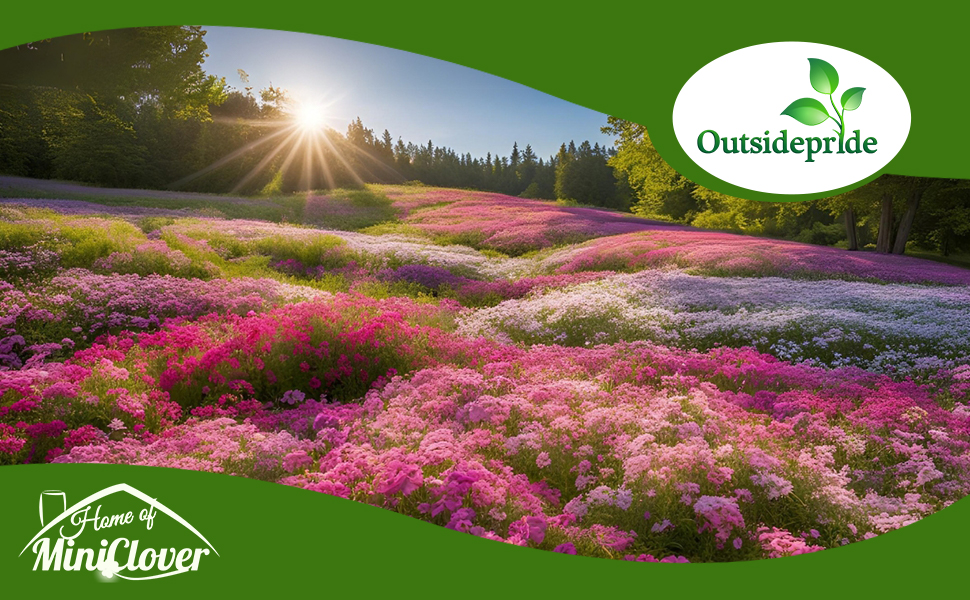
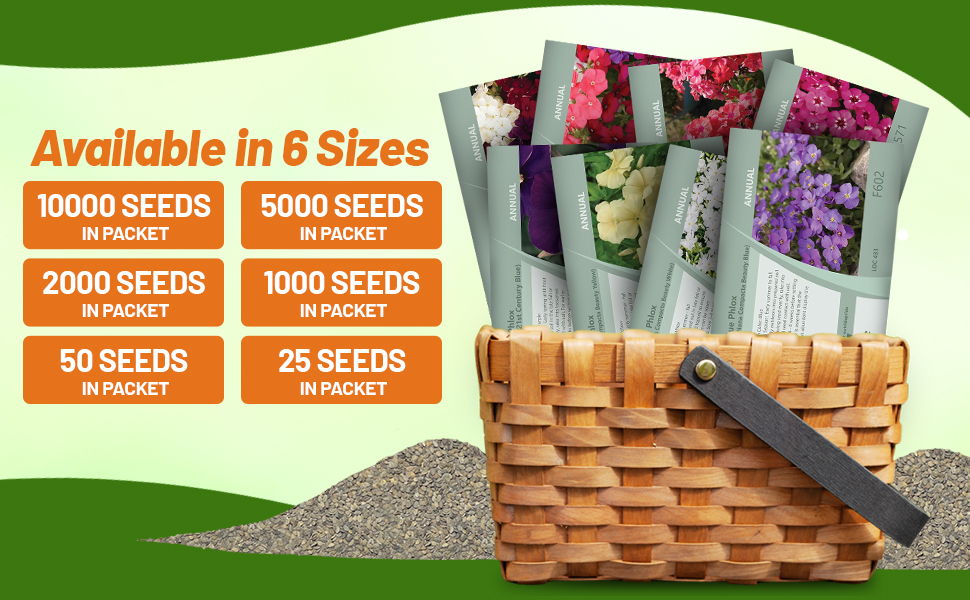
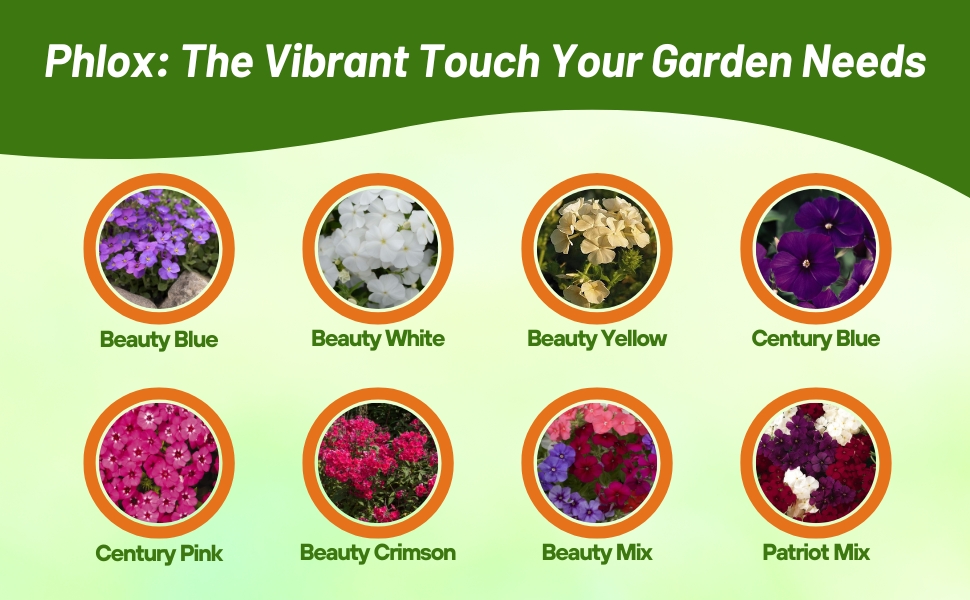
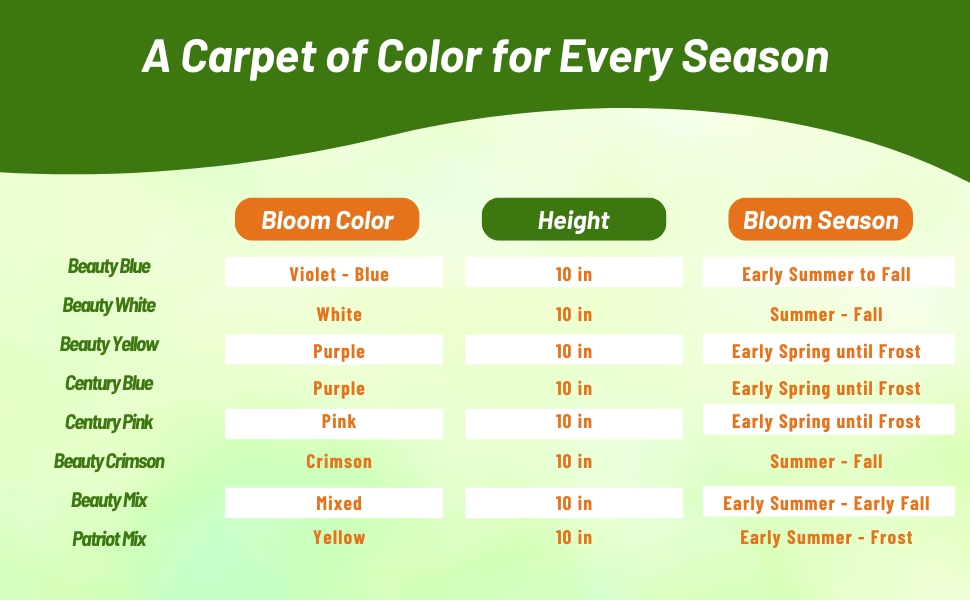
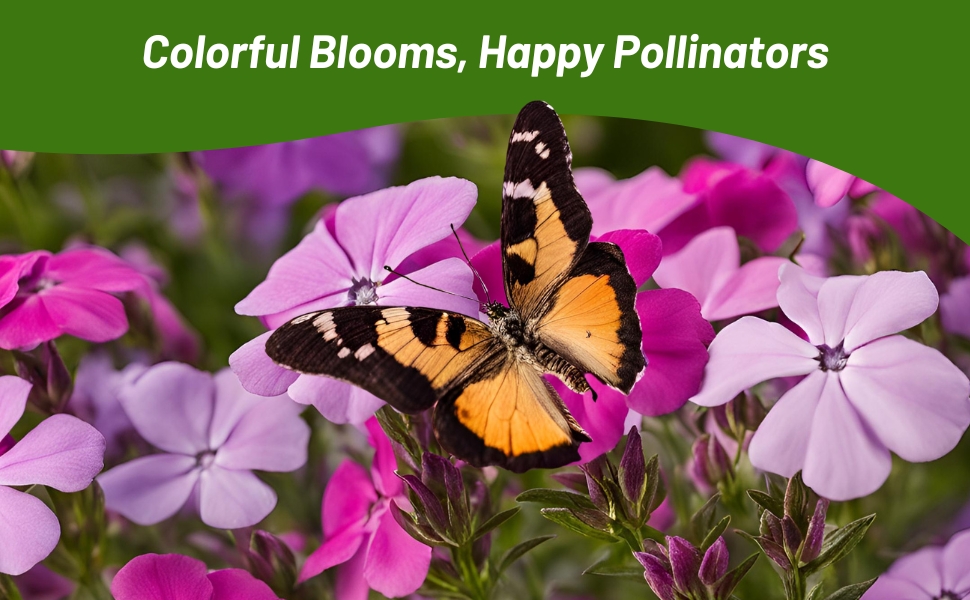
Yellow Phlox (Phlox Drummondii Nana Compacta Beauty Yellow) - Phlox seeds produce flowers in about 8 - 10 weeks after sowing. Annual Phlox establishes easily and quickly, and it gives a lovely profusion of colors. Drummond Phlox yellow has small flowers with 5-petals. They are lightly scented, flat and attractive to butterflies. Often called Drummond's Phlox, this annual is a native to the gulf coast states, but it can be grown successfully in nearly every climate.
Sow Phlox flower seeds directly outdoors into prepared soil in the late fall or spring. After distributing the flower seed evenly, rake into loosened topsoil to ensure good seed contact with the soil. For earlier blooms, sow the yellow Phlox seeds indoors 4 - 6 weeks before setting out. As with all annual flowers, it is essential that annual Phlox Drummondii is allowed to re-seed for an abundant display the following year. Annual Phlox care includes trimming the plant back after the first flush of blooms. A trim encourages a second bloom of yellow Phlox flowers.
Common Questions
Can I grow in containers?
Yes, phlox drummondii are great for using in containers.
Do I need to deadhead my flowers?
Yes, if you do just a bit of deadheading with the drummondi you will have continuous blooms through summer.
Do I need to cut back plants after flowering?
Yes, after flowers are spent cut back plants. You can leave a few spent blooms if self-seeding is desired.
Do flowers attract any pollinators?
Yes, bees, butterflies and hummingbirds all enjoy these flowers.
What are some good companion plants for phlox?
Phlox pairs well with daisies, salvia, Indian blanket and coreopsis.
Planting Directions
TEMPERATURE
65 - 70F
AVERAGE GERM TIME
7 - 21 days
LIGHT REQUIRED
No
DEPTH
1/16 inch
SOWING RATE
3 - 4 seeds per plant
MOISTURE
Keep seeds moist until germination
PLANT SPACING
10 inches
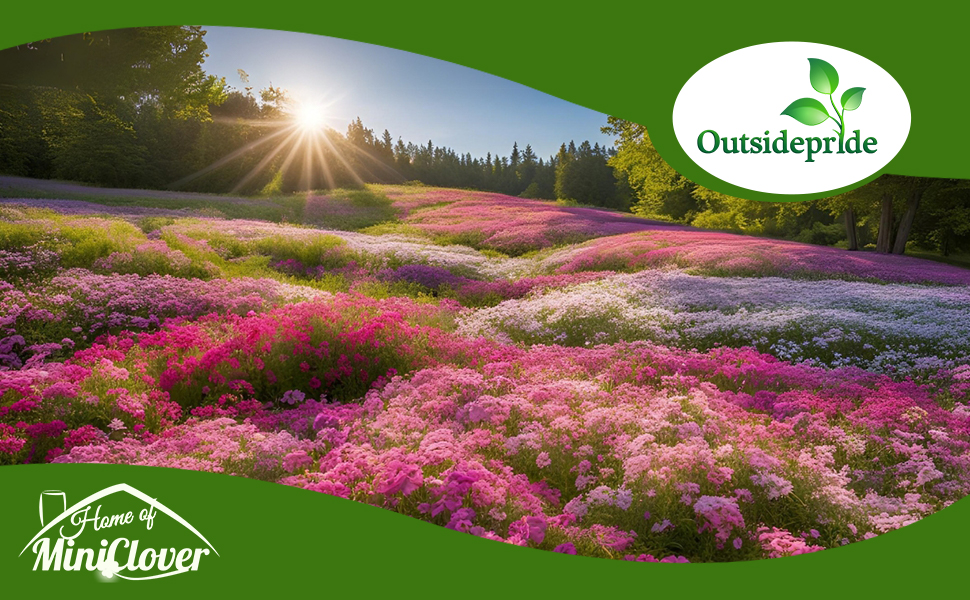
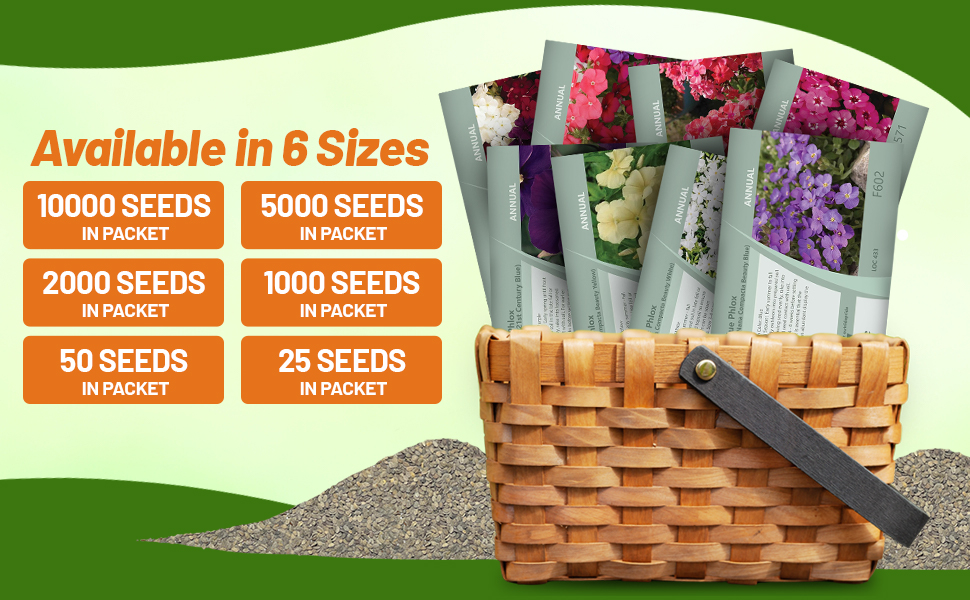
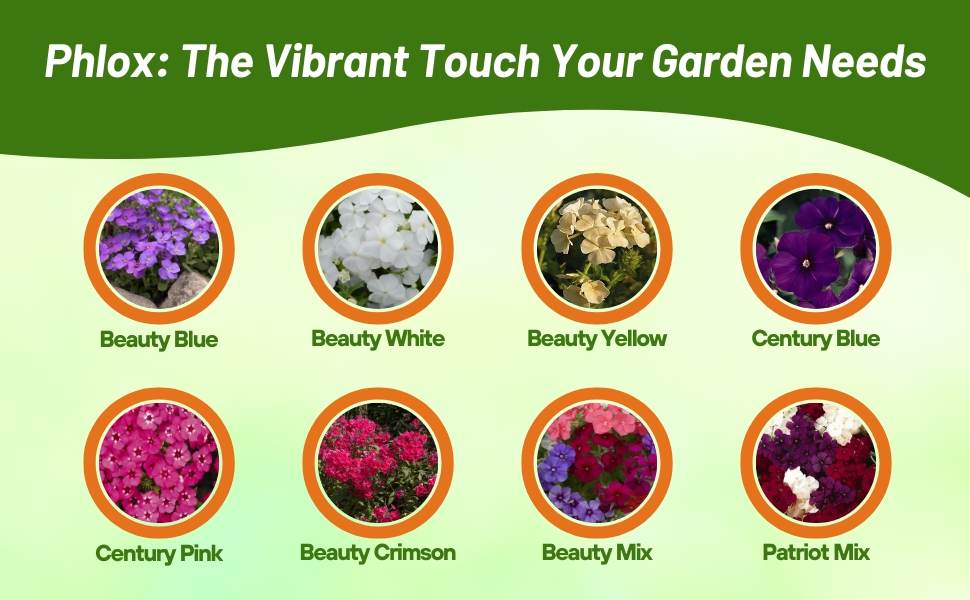
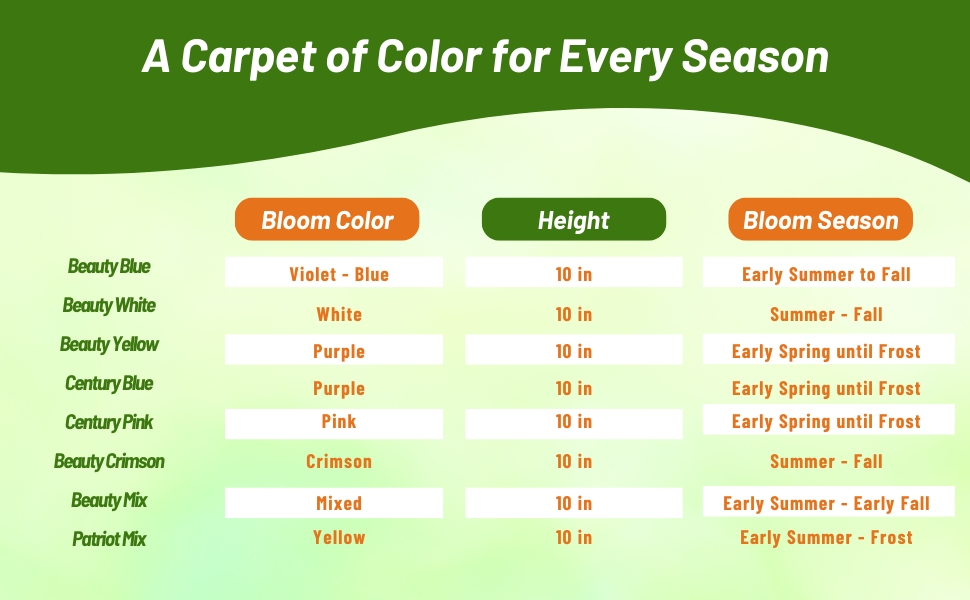
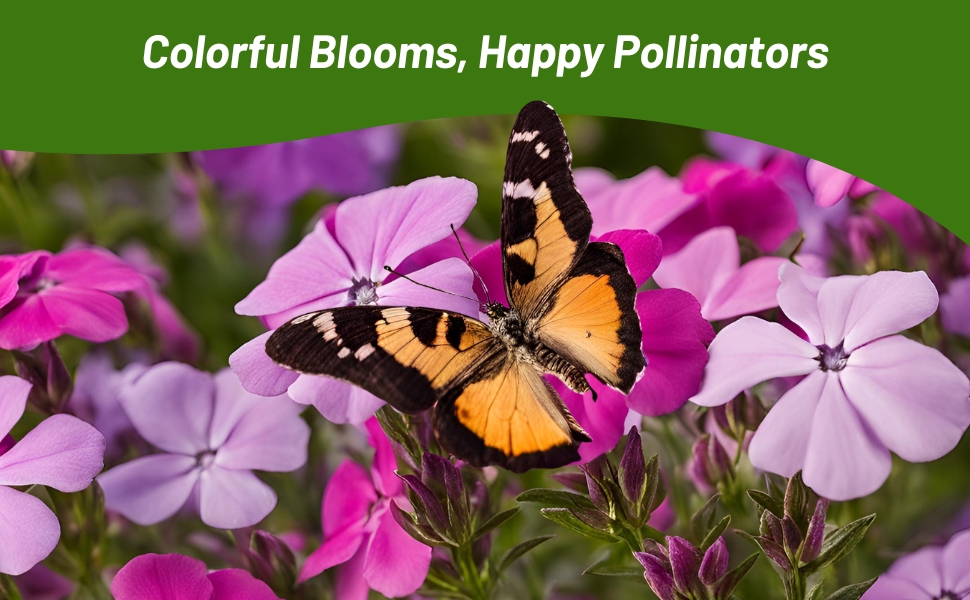
Phlox Mix (Phlox Drummondii Nana Compacta Beauty Mix) - Annual Phlox Drummondii is often found growing along roadsides in the south eastern portion of the United States. Easy-to-grow from Phlox seeds, this Phlox Drummondii mix is colorful and vibrant not demanding too much attention or care. Commonly referred to as annual Phlox or Drummond's Phlox, this low-growing annual features flowers with 5-petals that are flat and lightly scented. Grow annual Phlox if you like to attract butterflies to your garden! Drummond's Phlox has a wide variety of colors: red, violet, white, pink, and yellow.
How To Grow Phlox From Seed: Sow Phlox flower seeds directly outdoors into prepared soil in the late fall or spring. After distributing the flower seed evenly, rake into loosened topsoil to ensure good seed contact with the soil. For earlier blooms, sow the Drummond Phlox seed indoors 4 - 6 weeks before setting out. As with all annual flowers, it is essential that annual Phlox Drummondii is allowed to re-seed for an abundant display the following year. Annual Phlox care includes trimming the plant back after the first flush of blooms. A trim encourages a second bloom of Phlox flowers.
Common Questions
Can I grow in containers?
Yes, phlox drummondii are great for using in containers.
Do I need to deadhead my flowers?
Yes, if you do just a bit of deadheading with the drummondi you will have continuous blooms through summer.
Do I need to cut back plants after flowering?
Yes, after flowers are spent cut back plants. You can leave a few spent blooms if self-seeding is desired.
Do flowers attract any pollinators?
Yes, bees, butterflies and hummingbirds all enjoy these flowers.
What are some good companion plants for phlox?
Phlox pairs well with daisies, salvia, Indian blanket and coreopsis.
Planting Directions
TEMPERATURE
65 - 70F
AVERAGE GERM TIME
7 - 21 days
LIGHT REQUIRED
No
DEPTH
1/16 inch
SOWING RATE
3 - 4 seeds per plant
MOISTURE
Keep seeds moist until germination
PLANT SPACING
10 inches
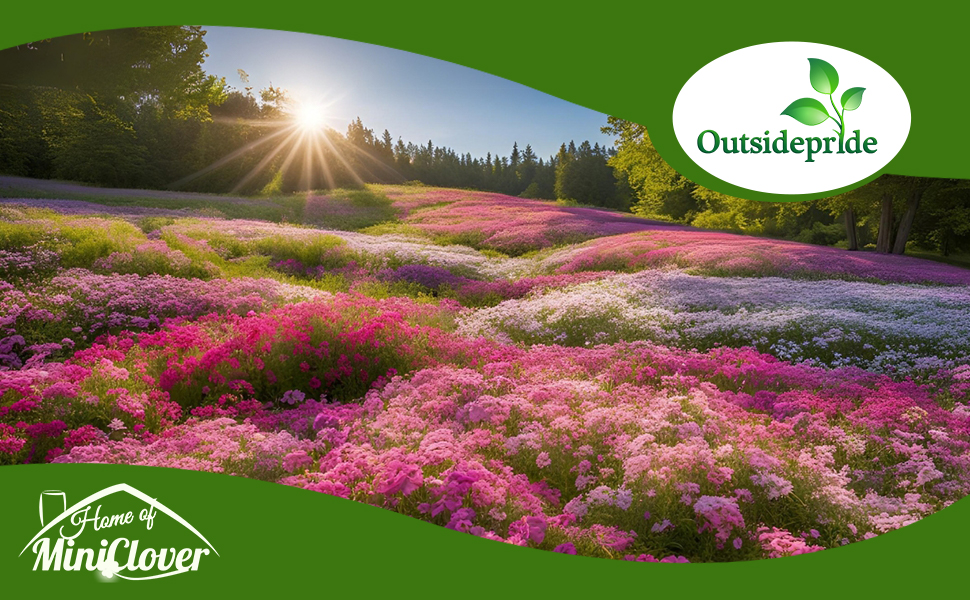
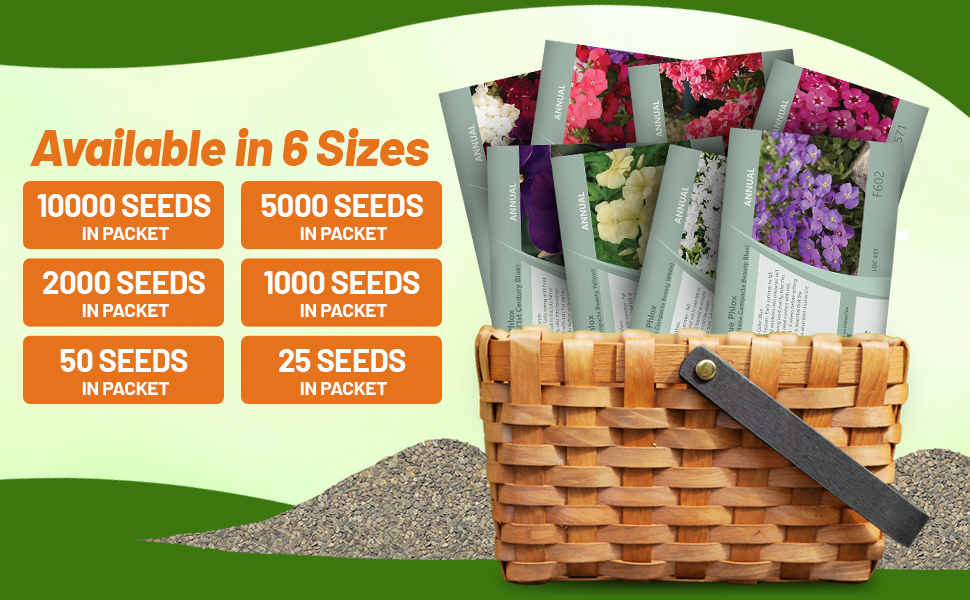
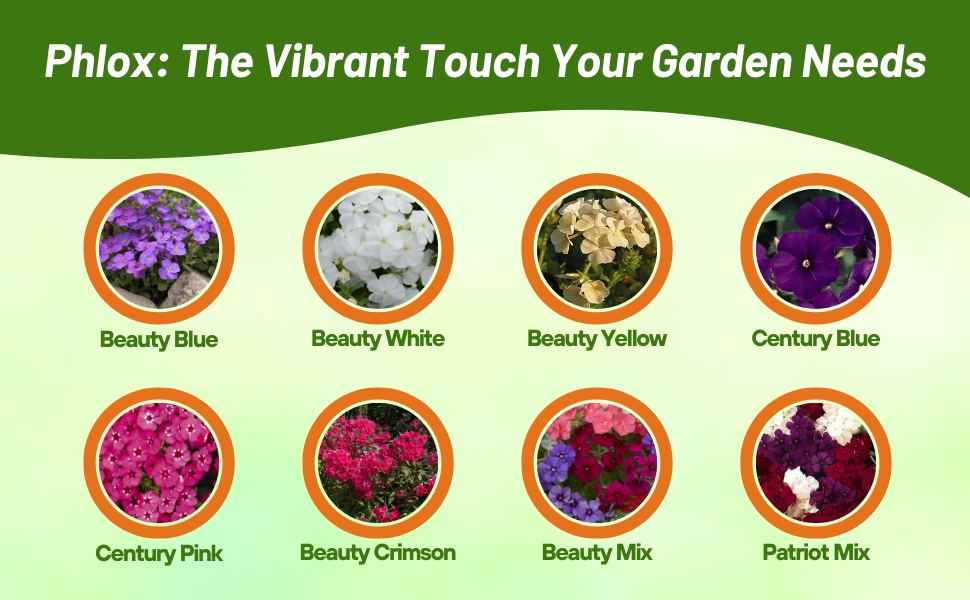
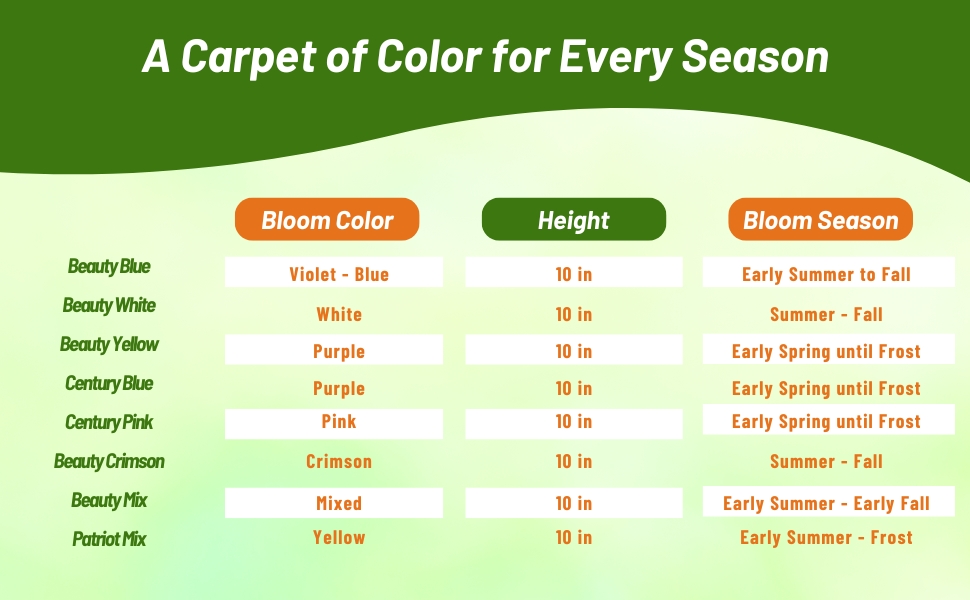
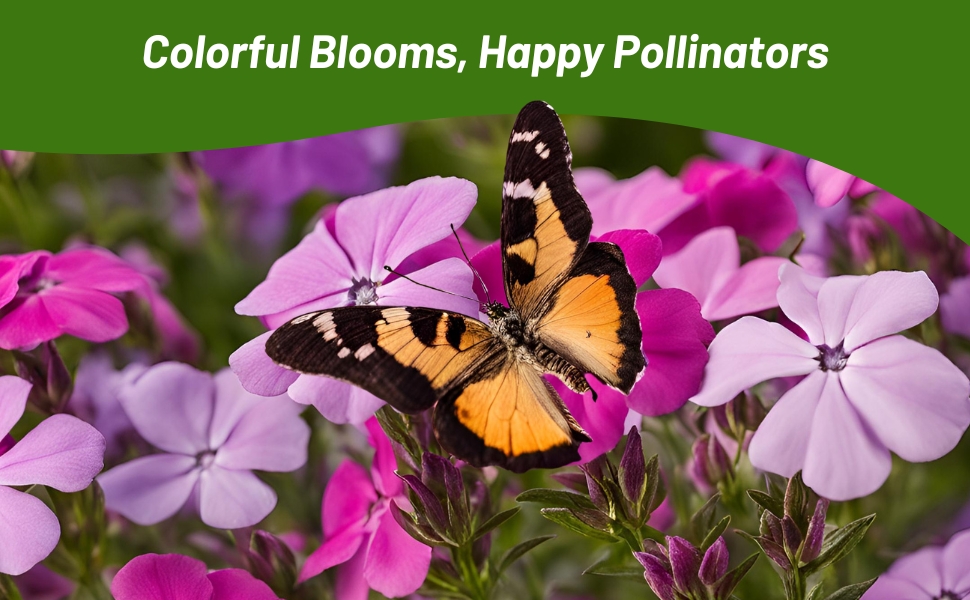
Blue Phlox (Phlox Drummondii Nana Compacta Beauty Blue) - Start this little versatile annual blue Phlox (looks more violet than blue) from Phlox flower seeds! Grow blue Phlox flowers in beds, at the front of borders, and intermix them with other flowers in informal plantings and cottage gardens. Phlox plants are wonderful in containers and when the flowers are cut, they maintain well in water. The genus Phlox itself is a fascinating one that grows from relatively high altitudes in the mountains to the low lands in the prairies and the plains. Probably best known of all Phlox is the annual Phlox Drummondii which grows wild through the gulf states. It is commonly known as annual Phlox or Drummond's Phlox. The name Phlox comes from the Greek word meaning "flame." The name Phlox is certainly appropriate for these brilliant, bright blue blooms that nearly glow with color!
How To Grow Phlox From Seed: Plant annual Phlox seeds directly outdoors into prepared soil in the late fall or spring. After distributing the flower seed evenly, rake into loosened topsoil to ensure good seed contact with the soil. For earlier blooms, sow this blue Phlox seeds indoors 4 - 6 weeks before setting out. As with all annual flowers, it is essential that the Phlox Drummondii plant is allowed to re-seed for an abundant display the following year.
Common Questions
Can I grow in containers?
Yes, phlox drummondii are great for using in containers.
Do I need to deadhead my flowers?
Yes, if you do just a bit of deadheading with the drummondi you will have continuous blooms through summer.
Do I need to cut back plants after flowering?
Yes, after flowers are spent cut back plants. You can leave a few spent blooms if self-seeding is desired.
Do flowers attract any pollinators?
Yes, bees, butterflies and hummingbirds all enjoy these flowers.
What are some good companion plants for phlox?
Phlox pairs well with daisies, salvia, Indian blanket and coreopsis.
Planting Directions
TEMPERATURE
65 - 70F
AVERAGE GERM TIME
7 - 21 days
LIGHT REQUIRED
No
DEPTH
1/16th inch
SOWING RATE
3 - 4 seeds per plant
MOISTURE
Keep seeds moist until germination
PLANT SPACING
10 inches
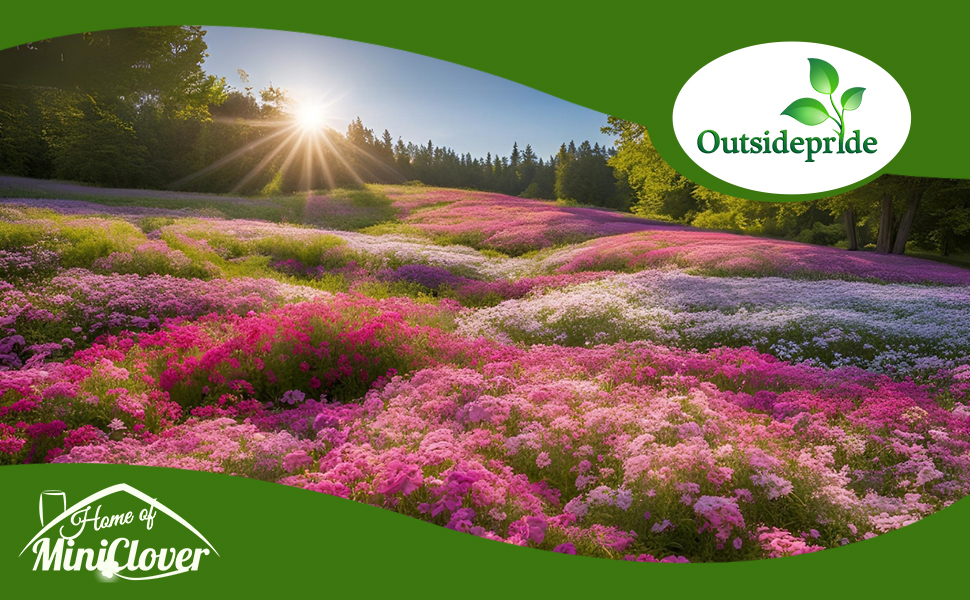
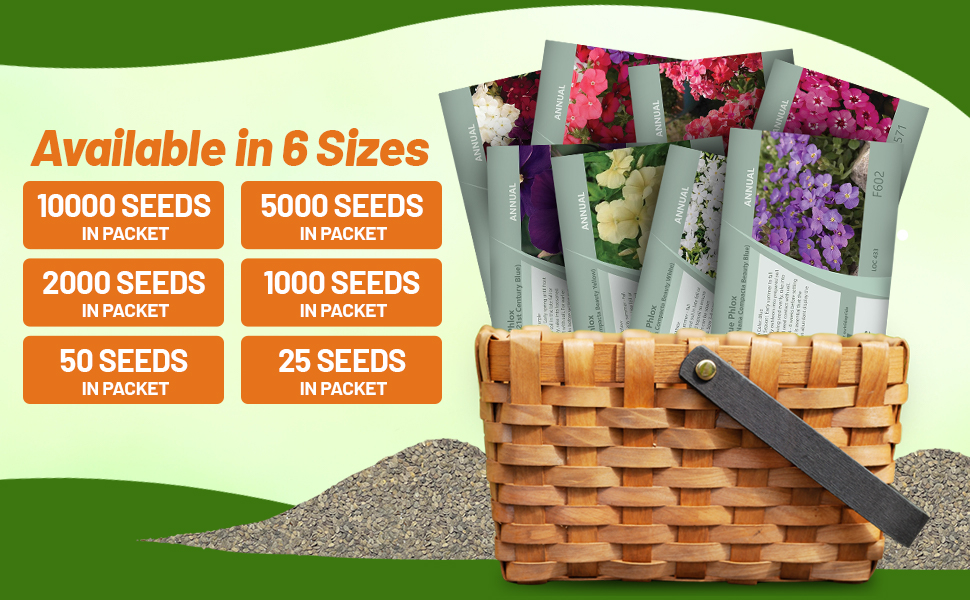
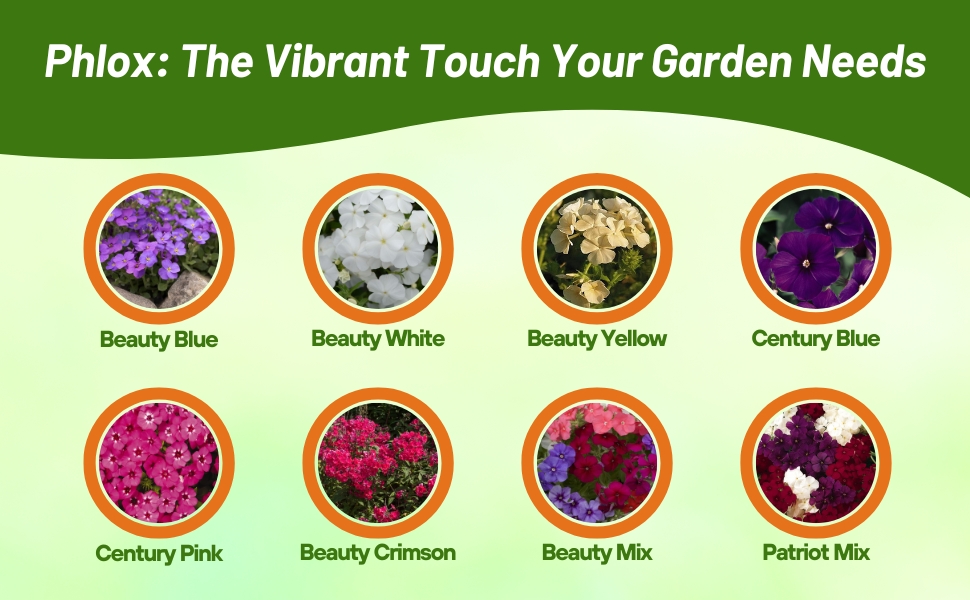
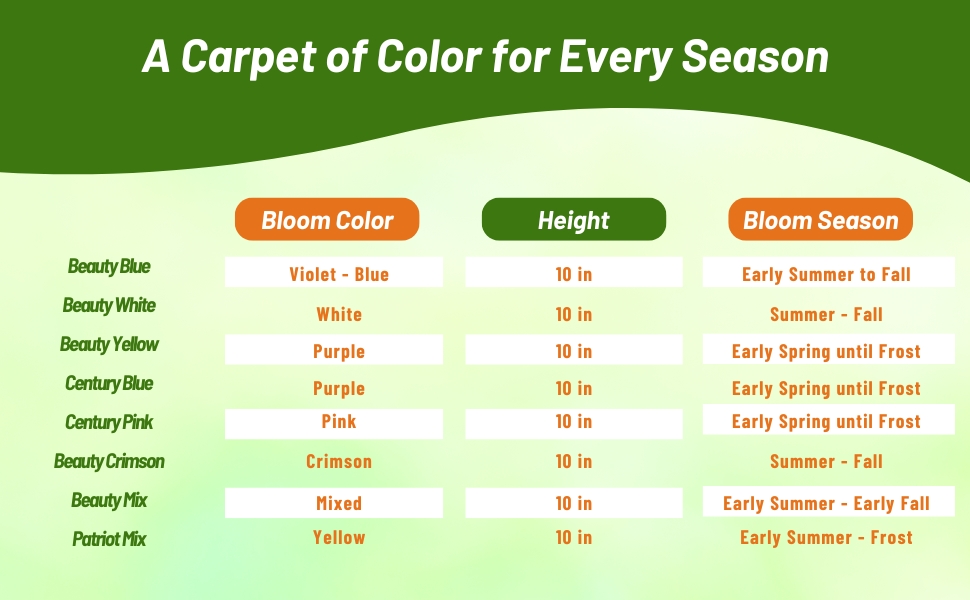
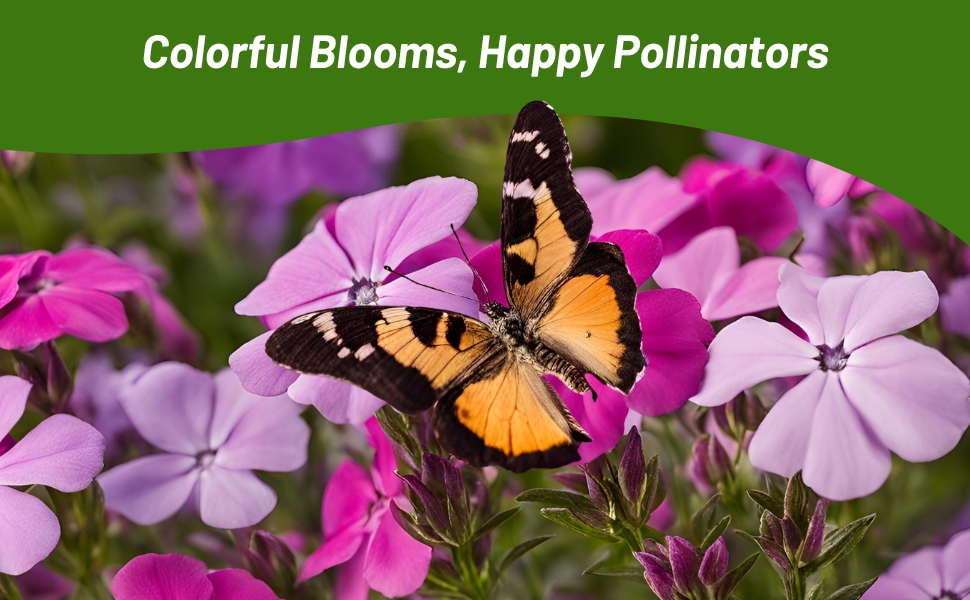
Crimson Phlox (Phlox Drummondii Nana Compacta Beauty Crimson) - Known as annual Phlox or Drummond's Phlox, this little annual is widely distributed across the south eastern portion of the United States. It readily grows from Phlox seeds, and it quickly produces a low-growing, compact plant that is loaded with blooms. Phlox Crimson Beauty is well-suited as a container plant, or grow it along the front of the border or as a general ground cover. The name Phlox comes from the Greek word meaning "flame." The name Phlox is certainly appropriate for these brilliant, bright crimson blooms that nearly glow with color! Crimson Phlox is a wonderful ornamental that is lightly scented.
Sow Phlox flower seeds directly outdoors into prepared soil in the late fall or spring. After distributing the flower seed evenly, rake into loosened topsoil to ensure good seed contact with the soil. For earlier blooms, sow the crimson Phlox seeds indoors 4 - 6 weeks before setting out. As with all annual flowers, it is essential that annual Phlox Drummondii is allowed to re-seed for an abundant display the following year. Annual Phlox care includes trimming the plant back after the first flush of blooms. A trim encourages a second bloom of crimson Phlox flowers.
Common Questions
Can I grow in containers?
Yes, phlox drummondii are great for using in containers.
Do I need to deadhead my flowers?
Yes, if you do just a bit of deadheading with the drummondi you will have continuous blooms through summer.
Do I need to cut back plants after flowering?
Yes, after flowers are spent cut back plants. You can leave a few spent blooms if self-seeding is desired.
Do flowers attract any pollinators?
Yes, bees, butterflies and hummingbirds all enjoy these flowers.
What are some good companion plants for phlox?
Phlox pairs well with daisies, salvia, Indian blanket and coreopsis.
Planting Directions
TEMPERATURE
65 - 70F
AVERAGE GERM TIME
7 - 21 days
LIGHT REQUIRED
No
DEPTH
1/16th inch
SOWING RATE
3 - 4 seeds per plant
MOISTURE
Keep seeds moist until germination
PLANT SPACING
10 inches
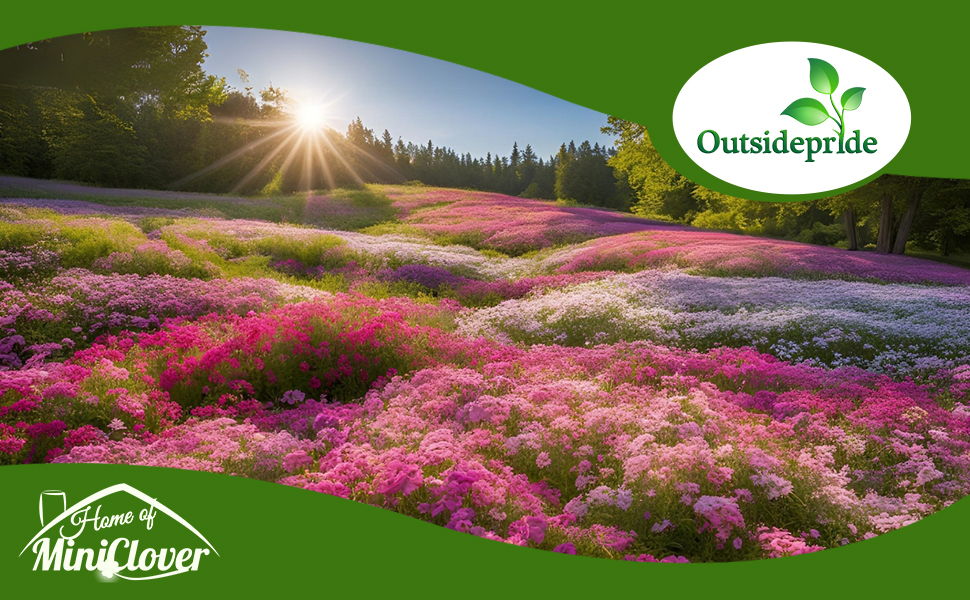
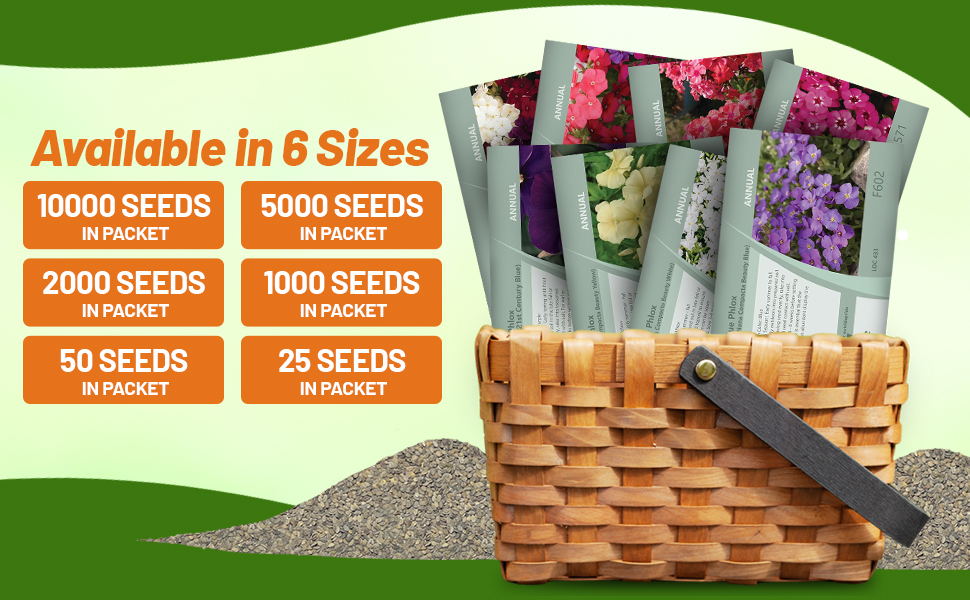
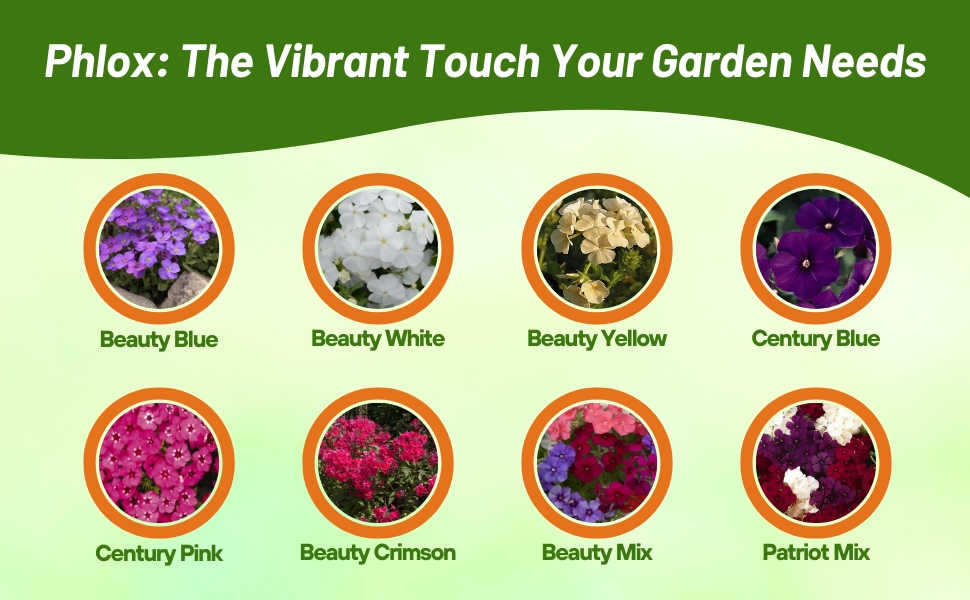
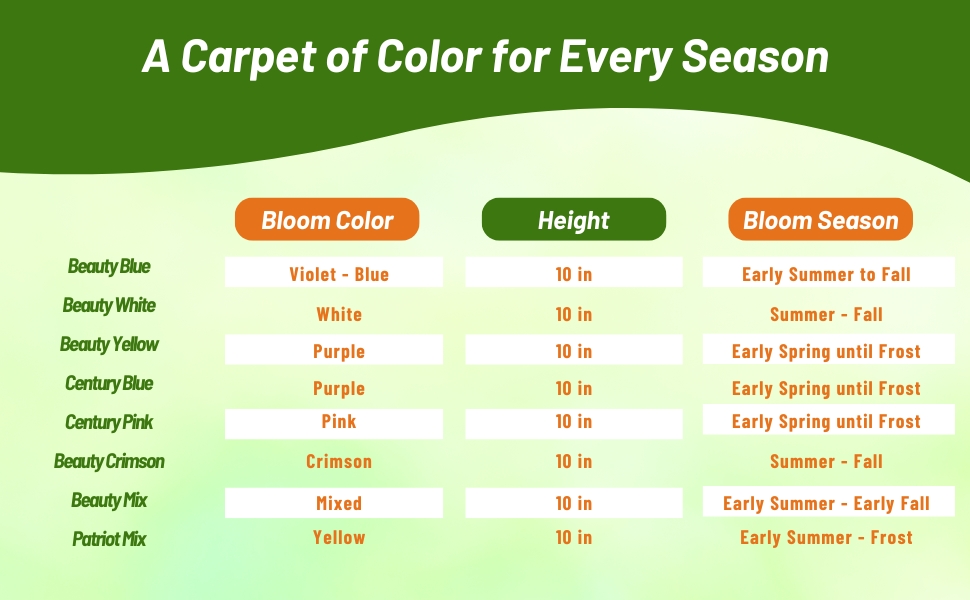
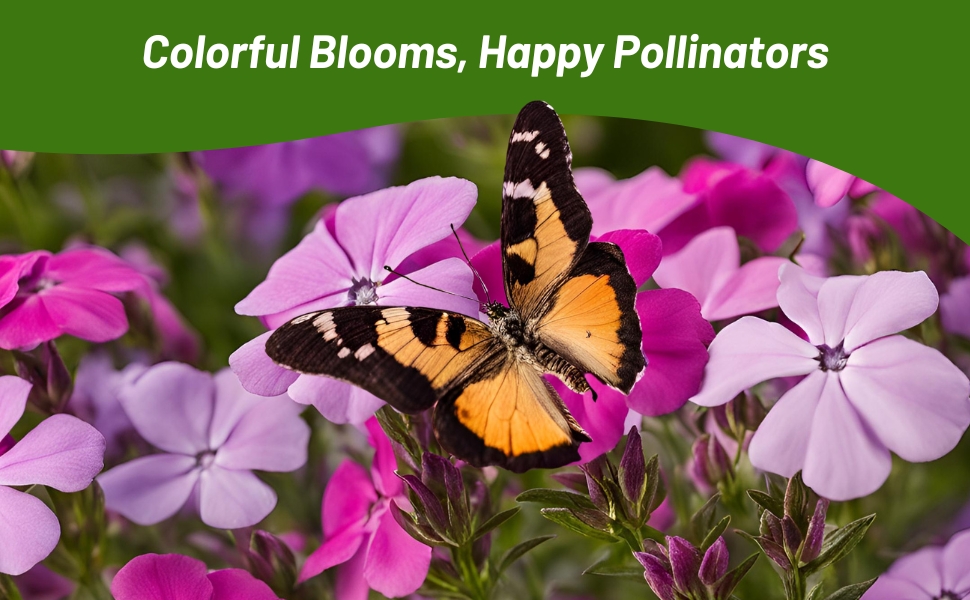
White Phlox (Phlox Drummondii Nana Compacta Beauty White) - Called annual Phlox or Drummond's Phlox, this lovely white annual is low-growing and produces masses of blooms. Start Phlox seeds once, and it is likely to re-seed itself each season for a colorful display of color. White Phlox plants are well-suited for the front of the flower border or in containers. Grow annual Phlox to naturalize a landscape as well.
Sow Phlox flower seeds directly outdoors into prepared soil in the late fall or spring. After distributing the flower seed evenly, rake into loosened topsoil to ensure good seed contact with the soil. For earlier blooms, sow the Drummond Phlox seed indoors 4 - 6 weeks before setting out. As with all annual flowers, it is essential that annual Phlox Drummondii is allowed to re-seed for an abundant display the following year. Annual Phlox care includes trimming the plant back after the first flush of blooms. A trim encourages a second bloom of Phlox flowers.
Common Questions
Can I grow in containers?
Yes, phlox drummondii are great for using in containers.
Do I need to deadhead my flowers?
Yes, if you do just a bit of deadheading with the drummondi you will have continuous blooms through summer.
Do I need to cut back plants after flowering?
Yes, after flowers are spent cut back plants. You can leave a few spent blooms if self-seeding is desired.
Do flowers attract any pollinators?
Yes, bees, butterflies and hummingbirds all enjoy these flowers.
What are some good companion plants for phlox?
Phlox pairs well with daisies, salvia, Indian blanket and coreopsis.































